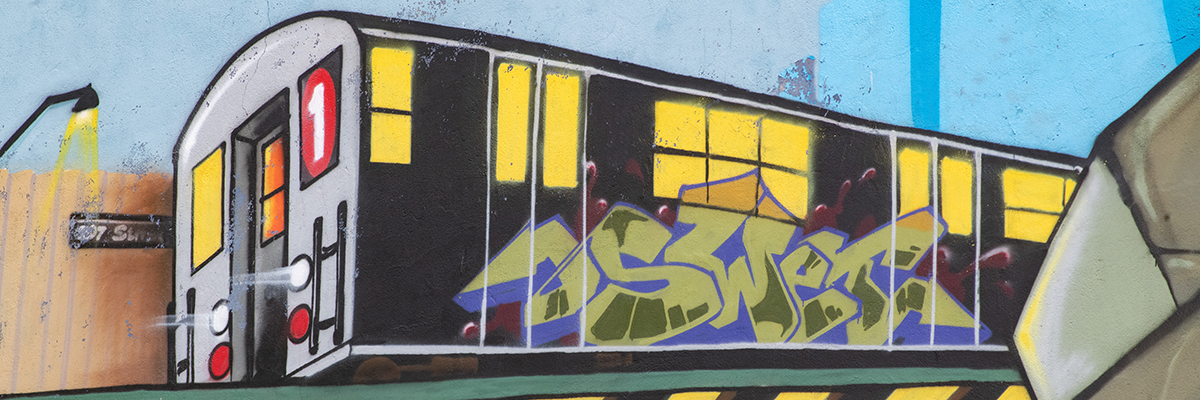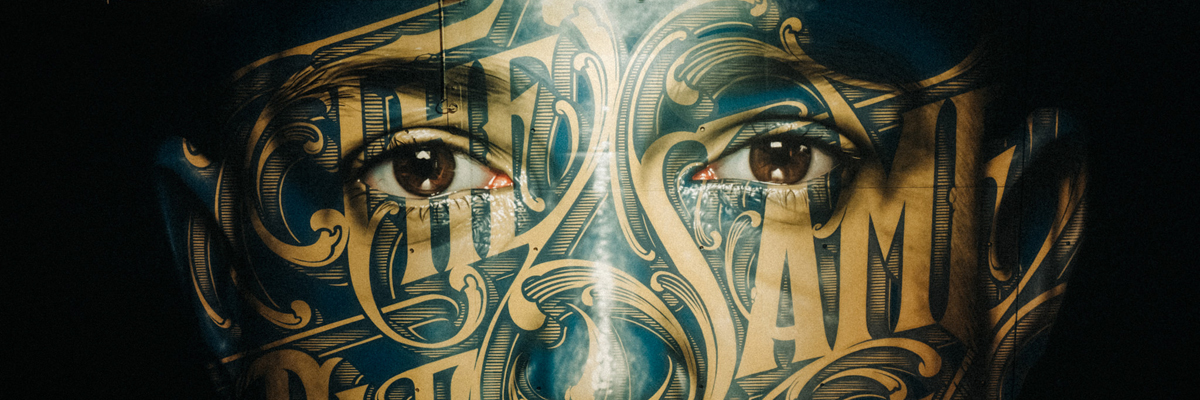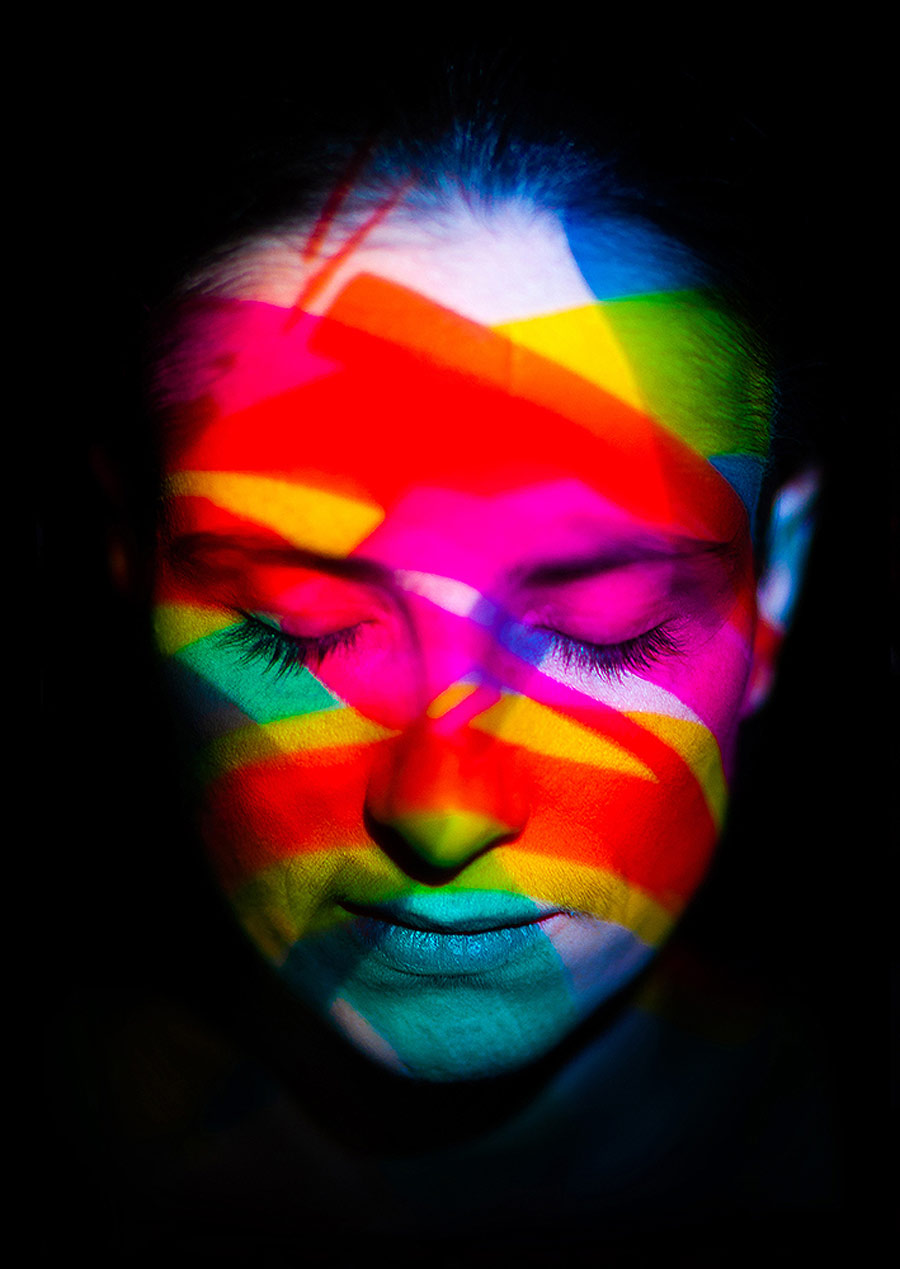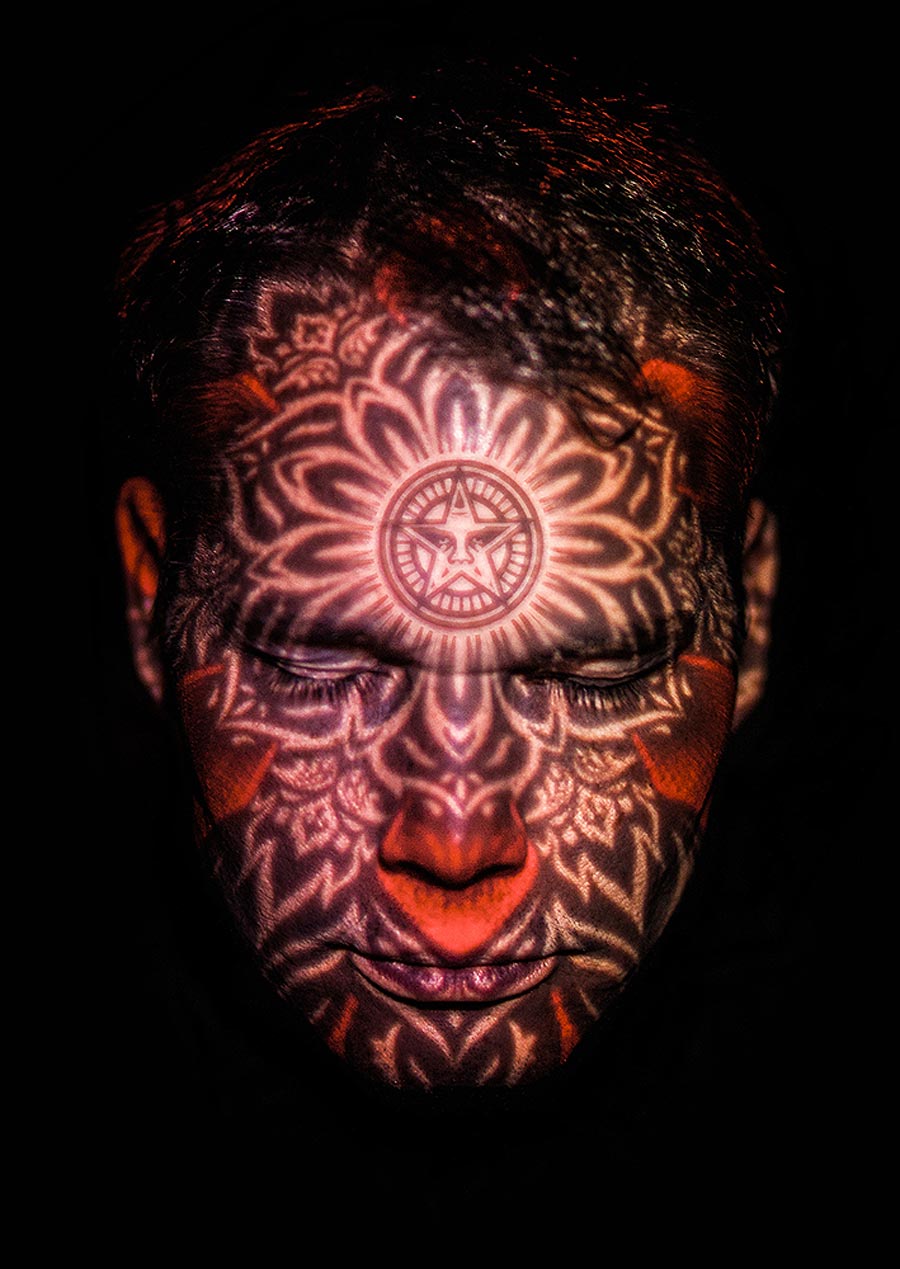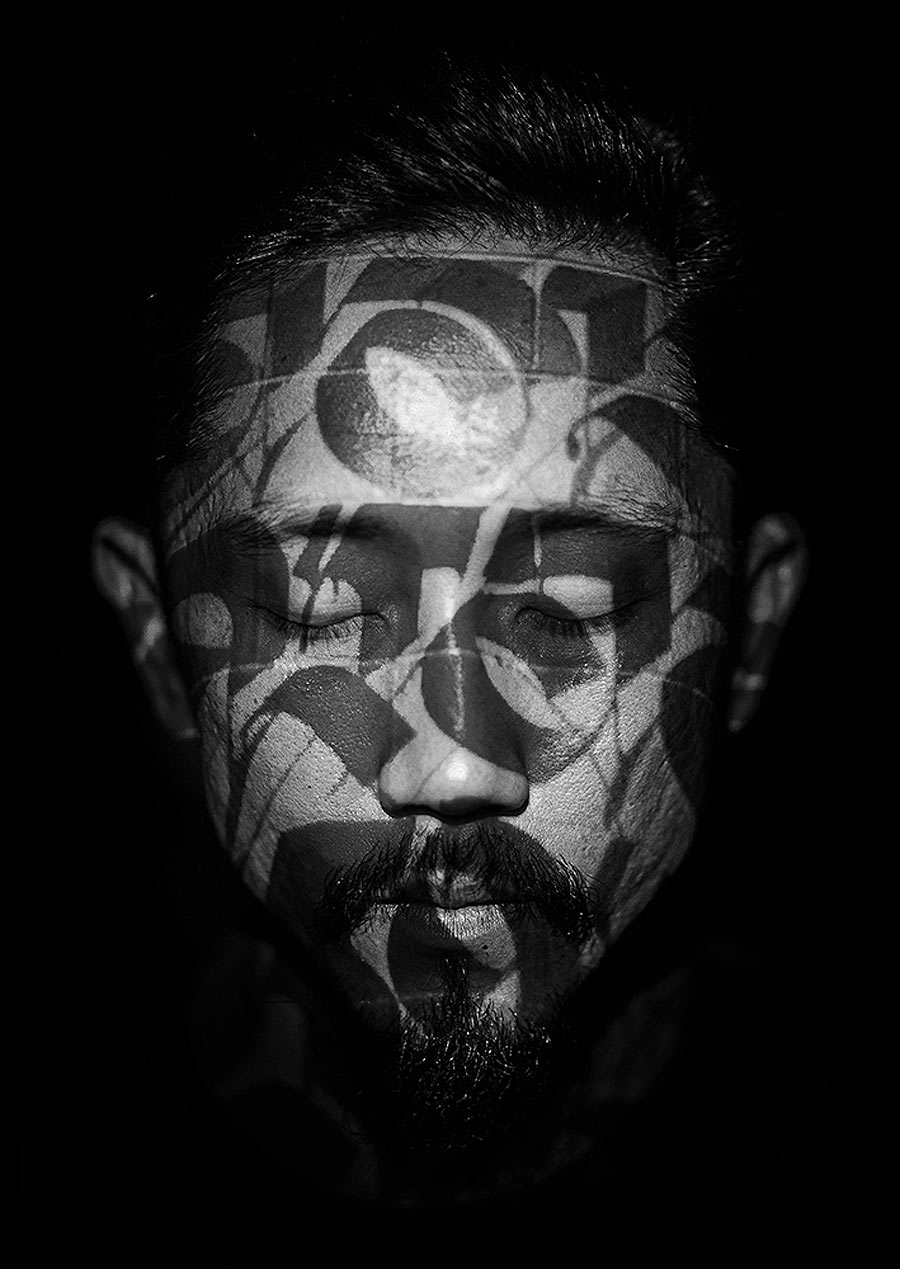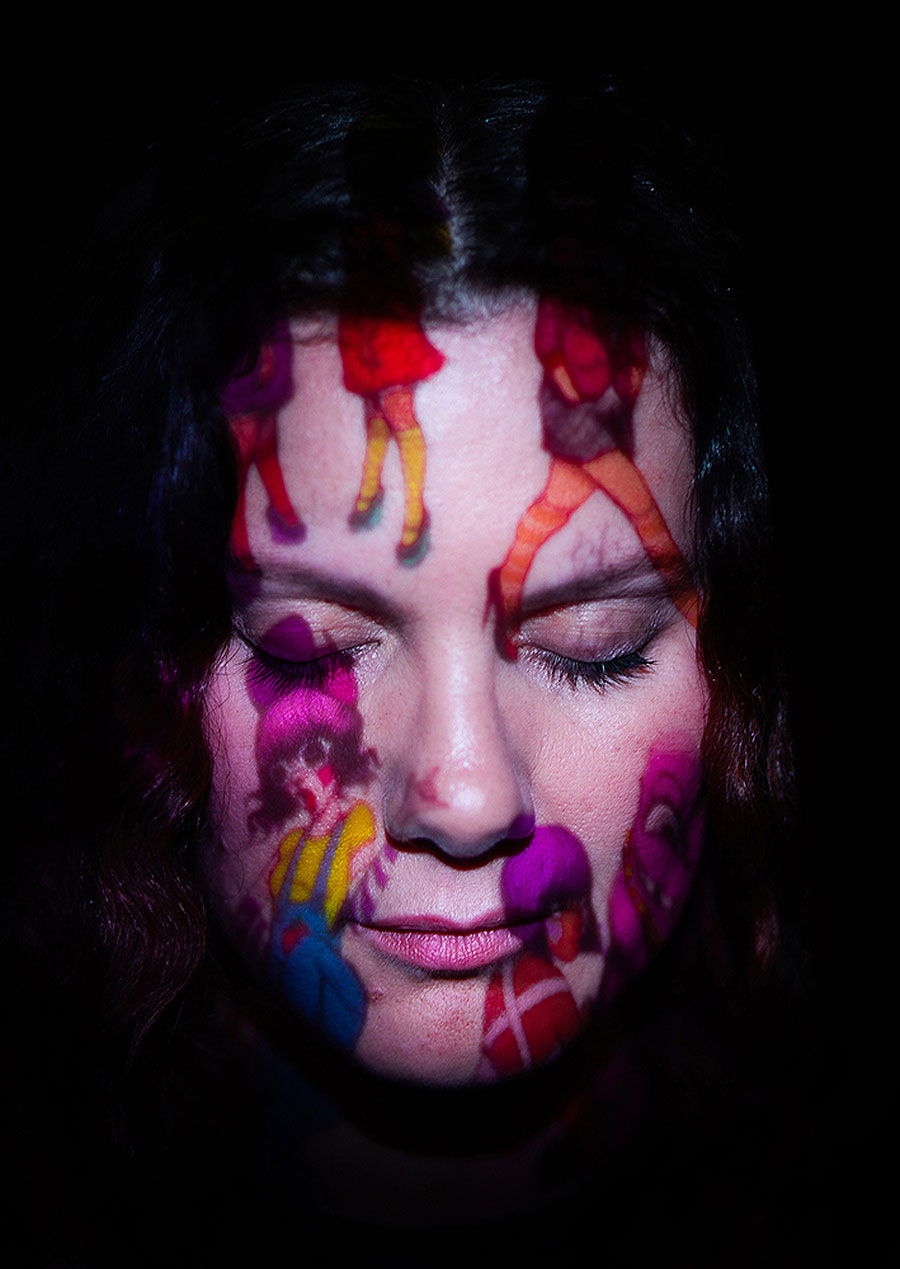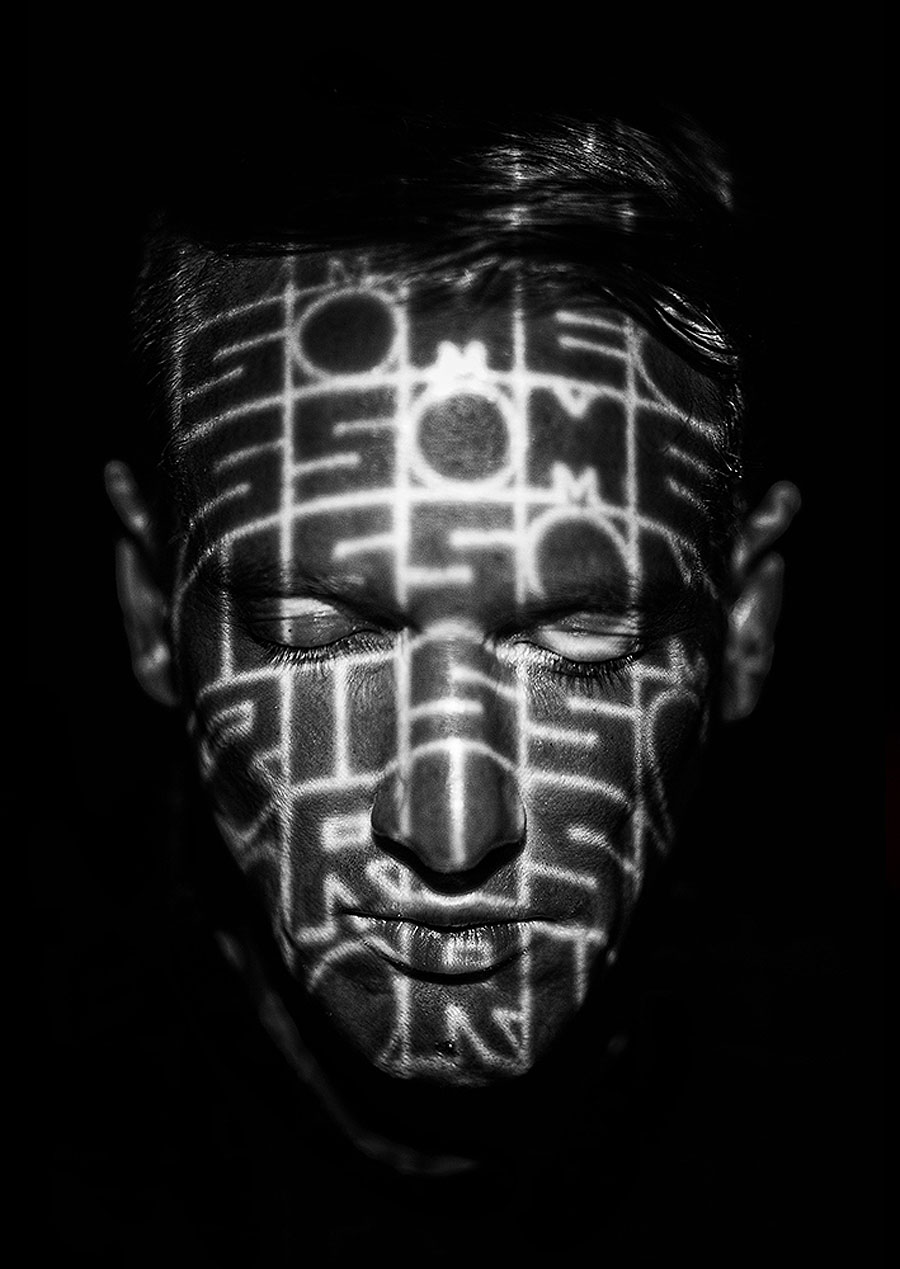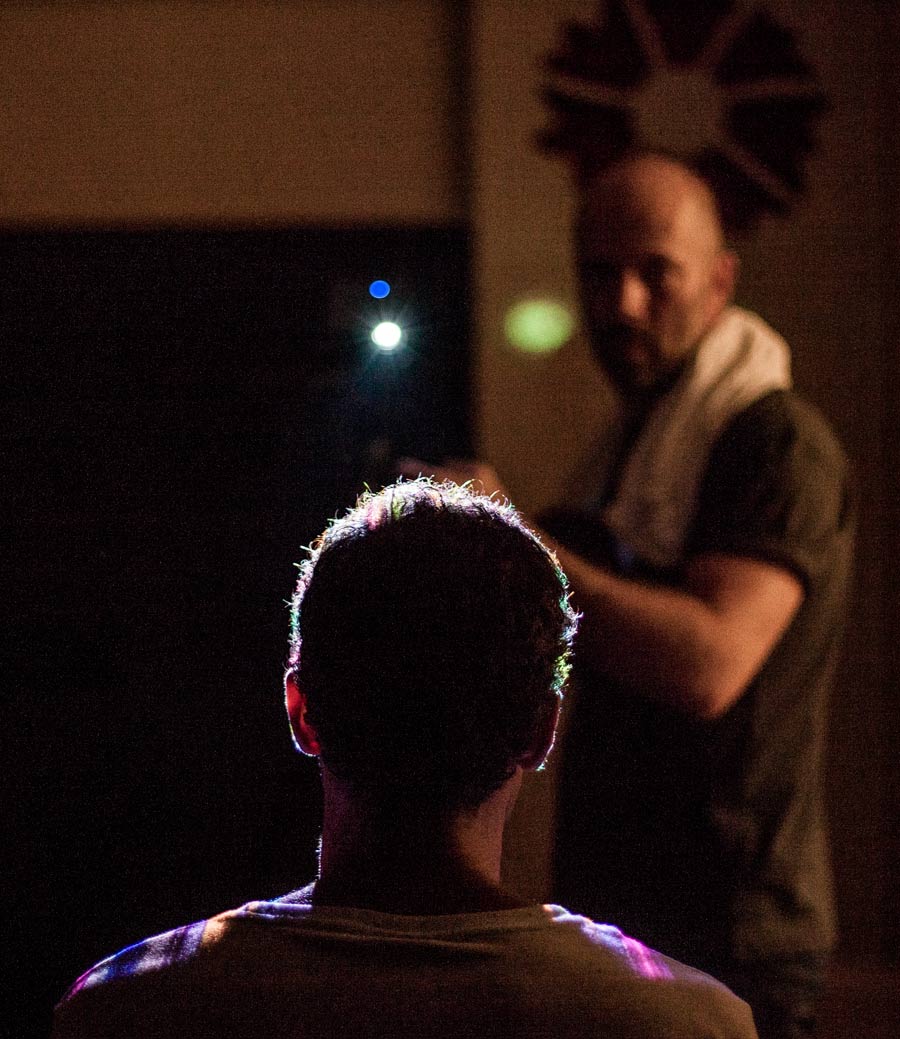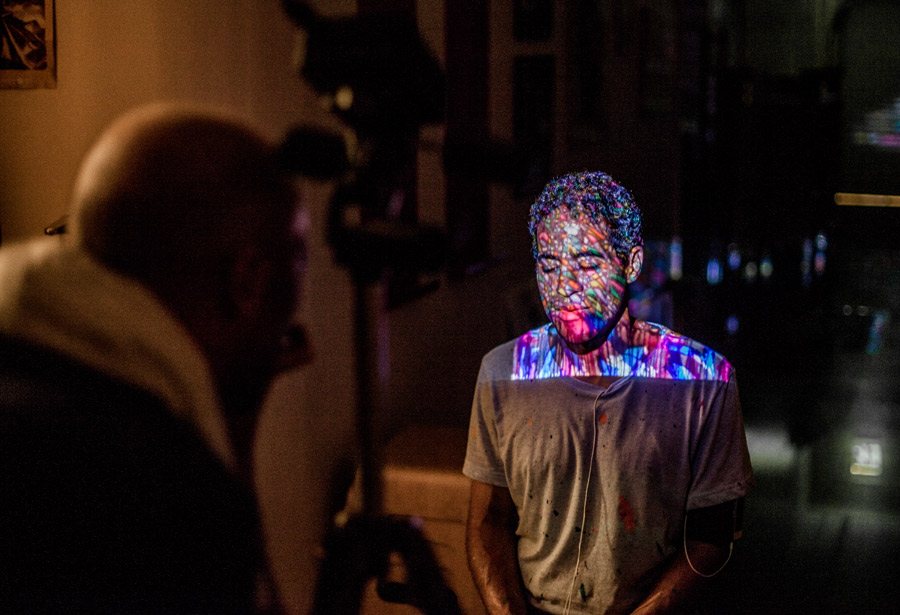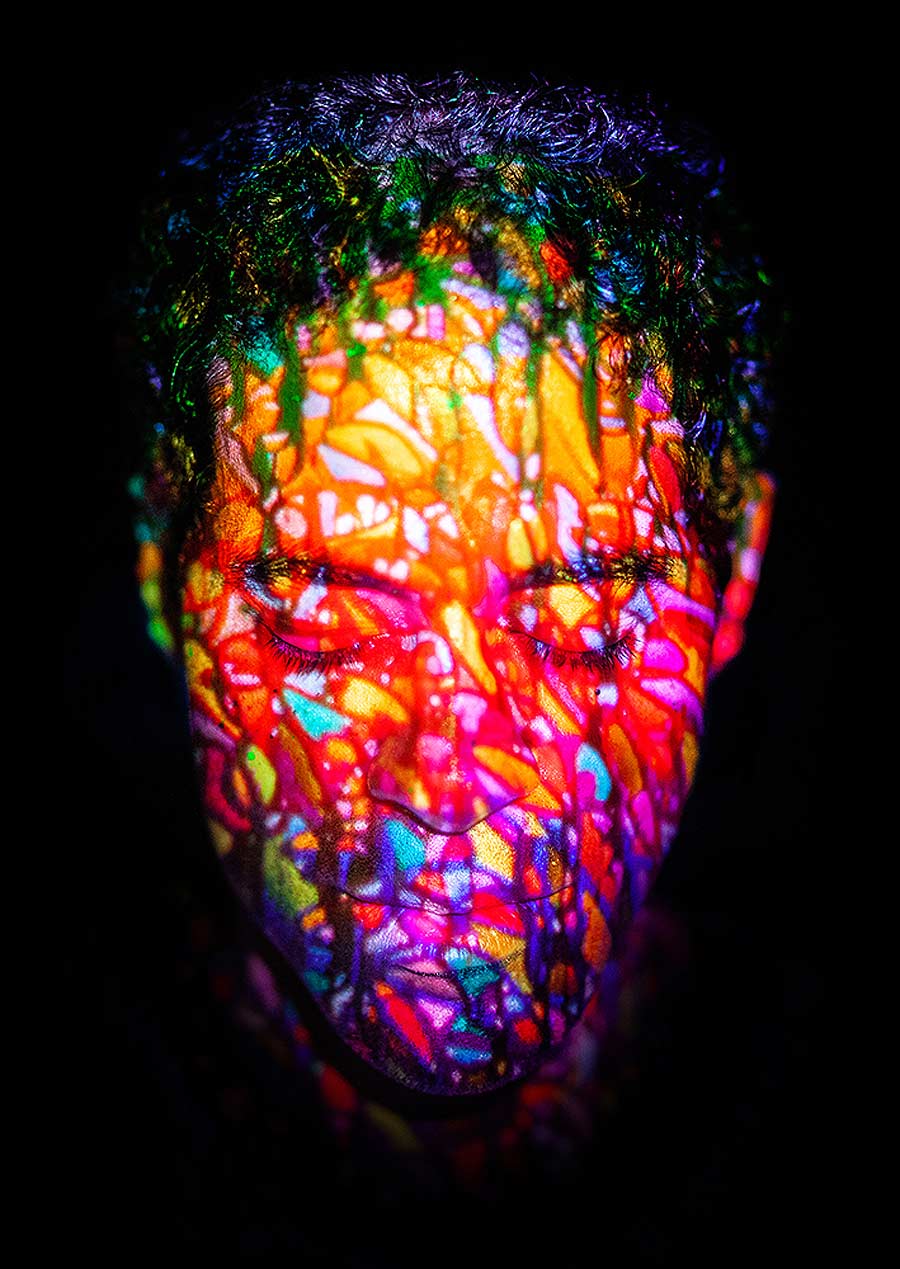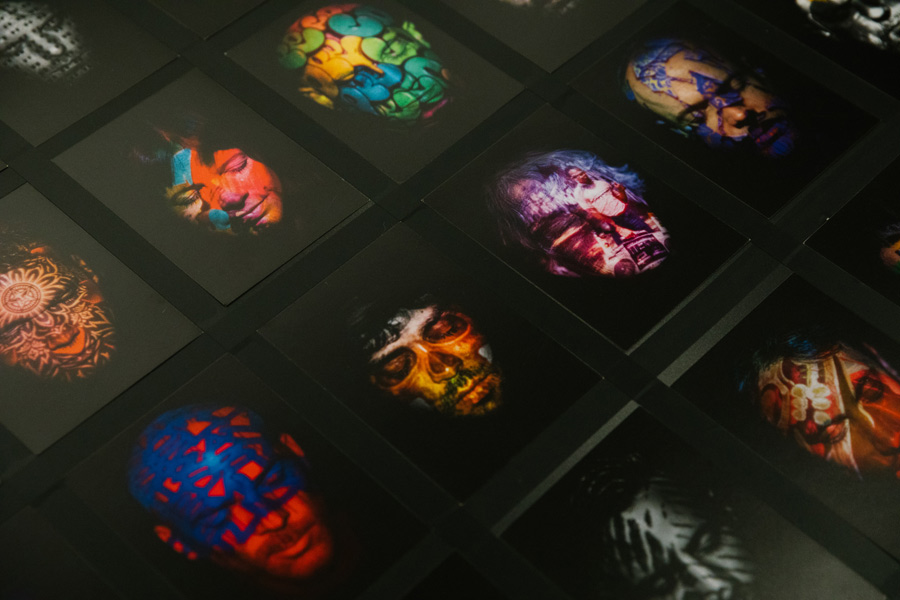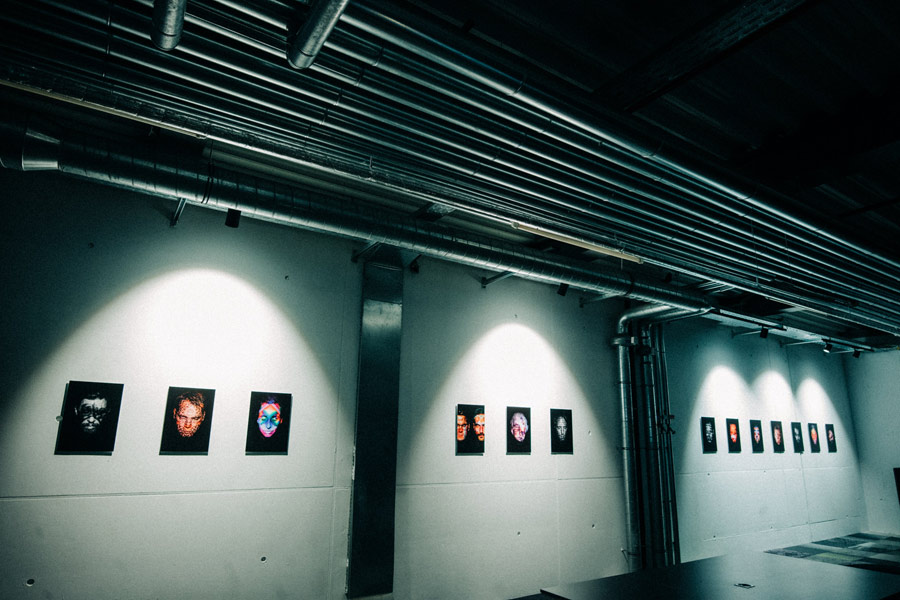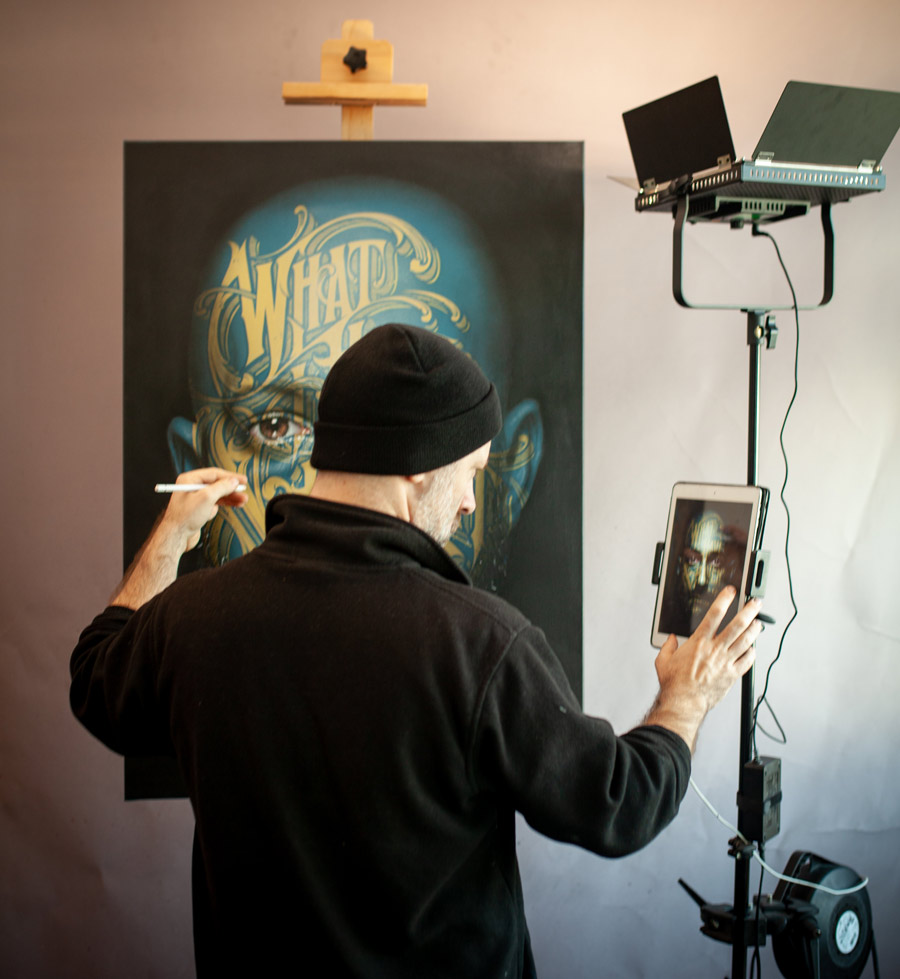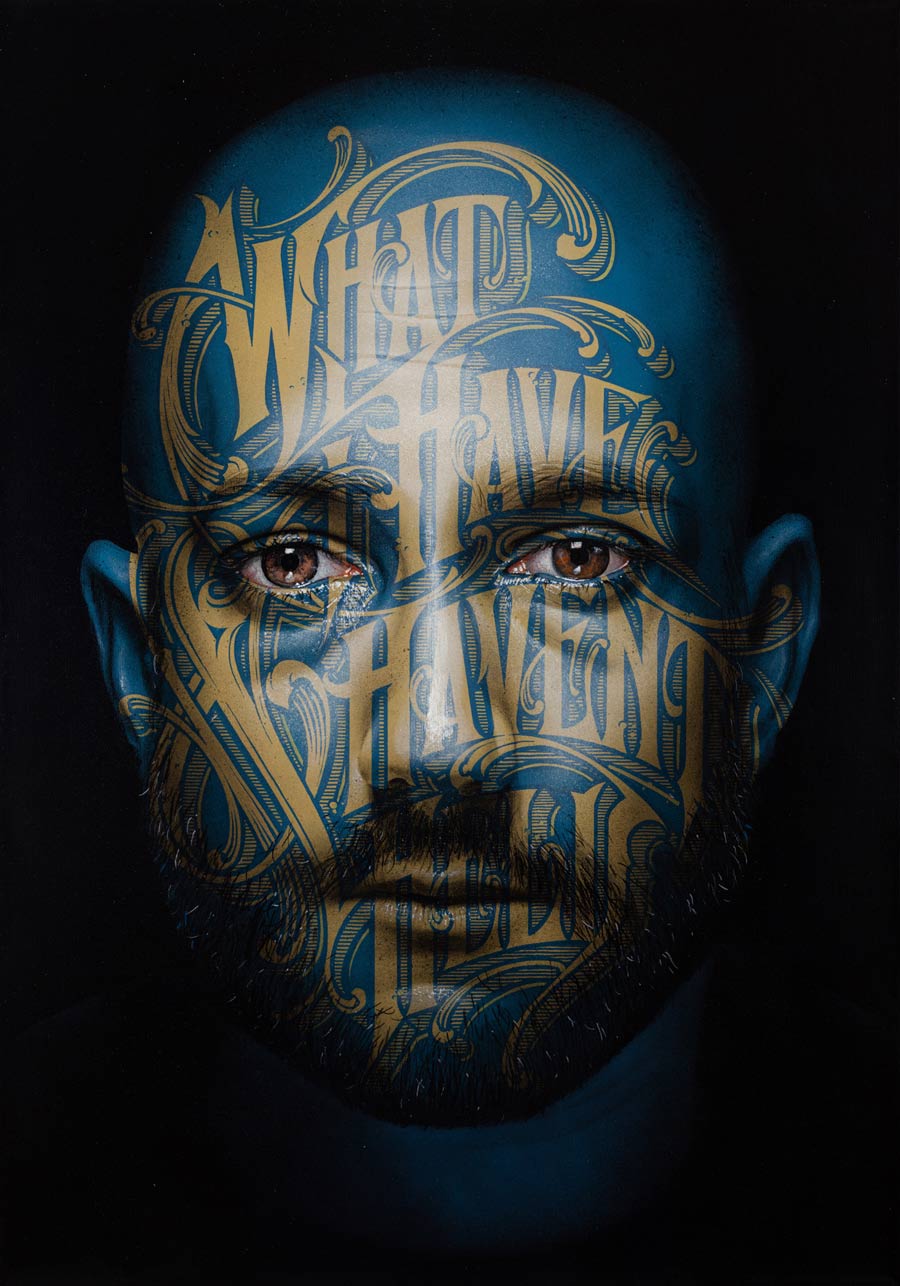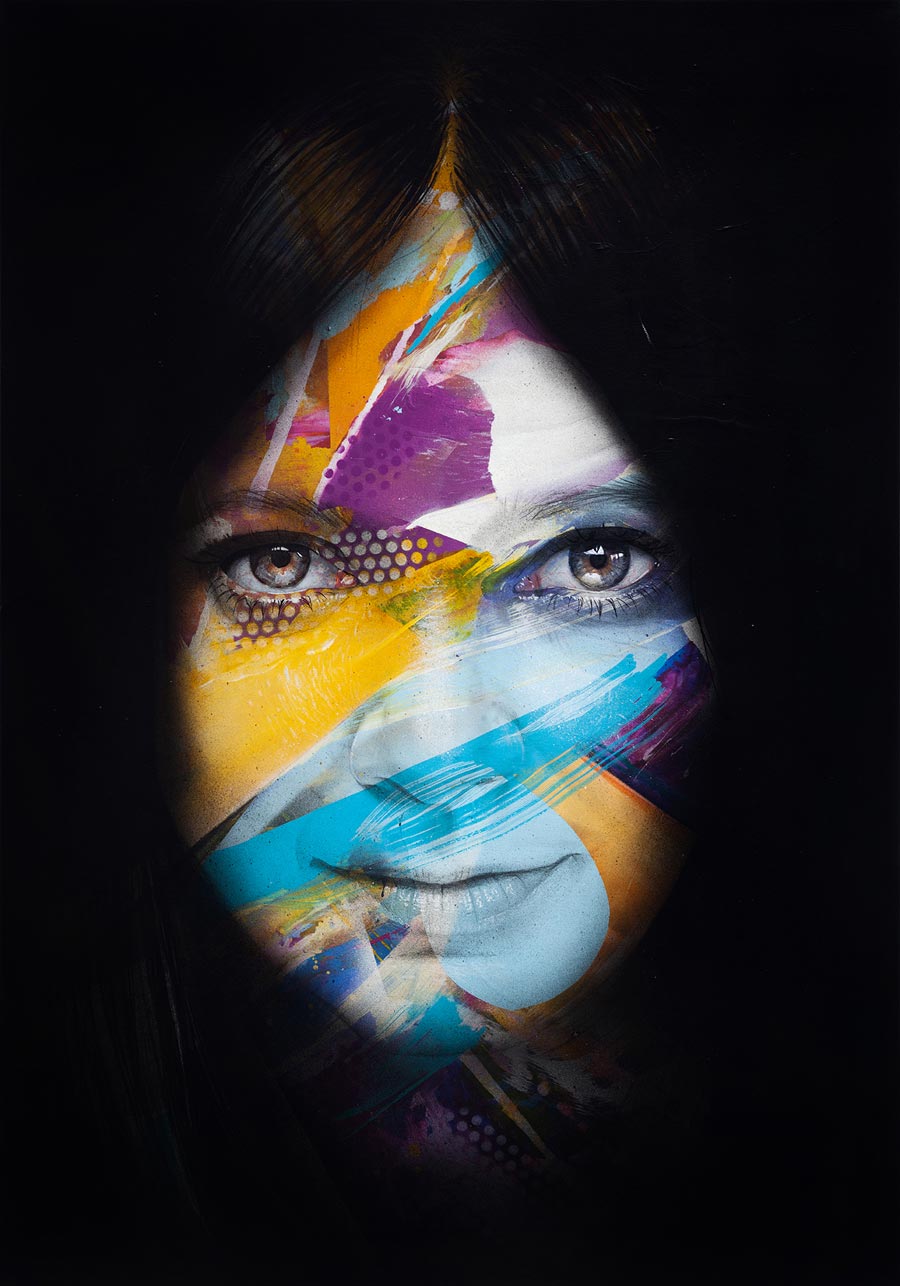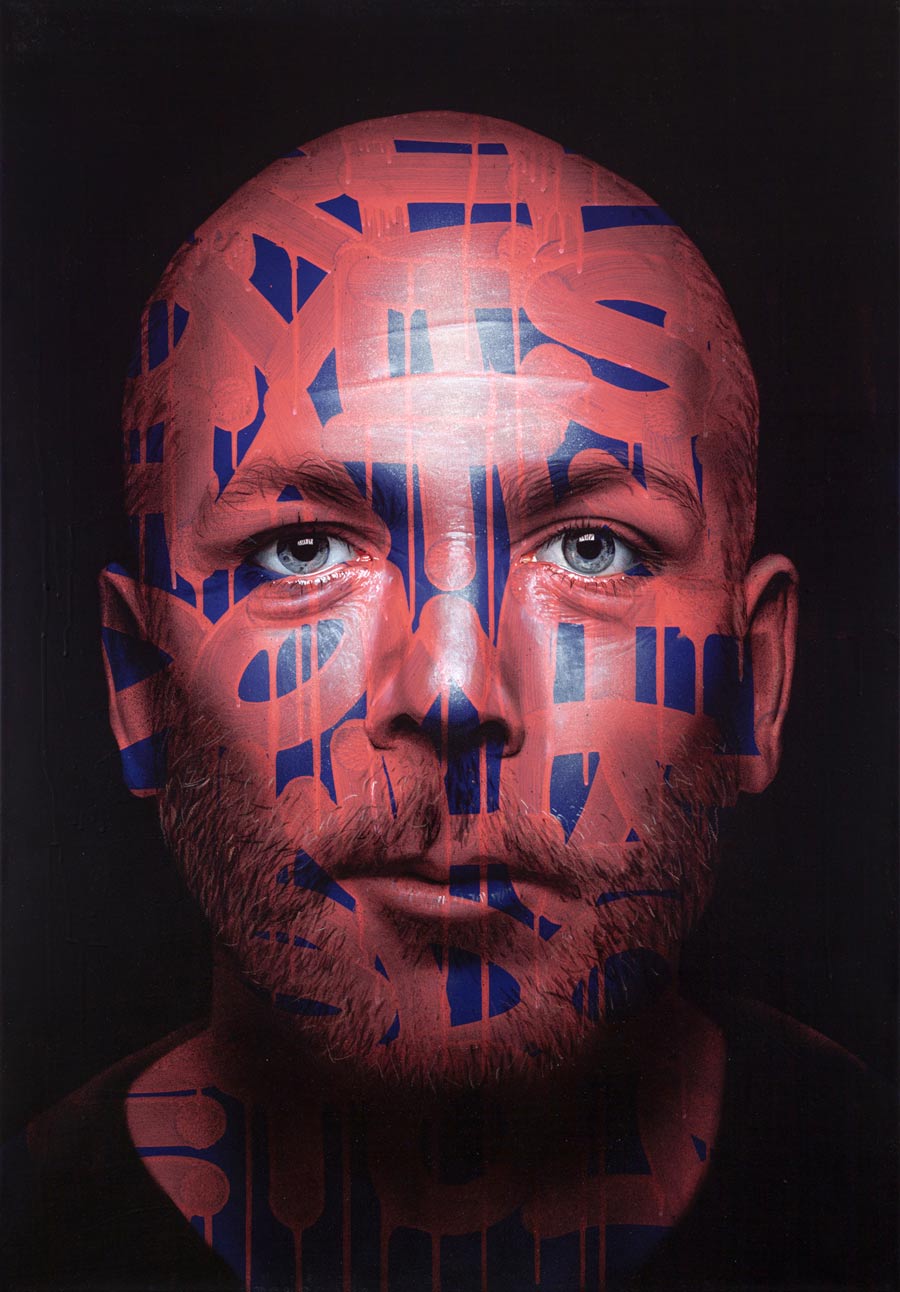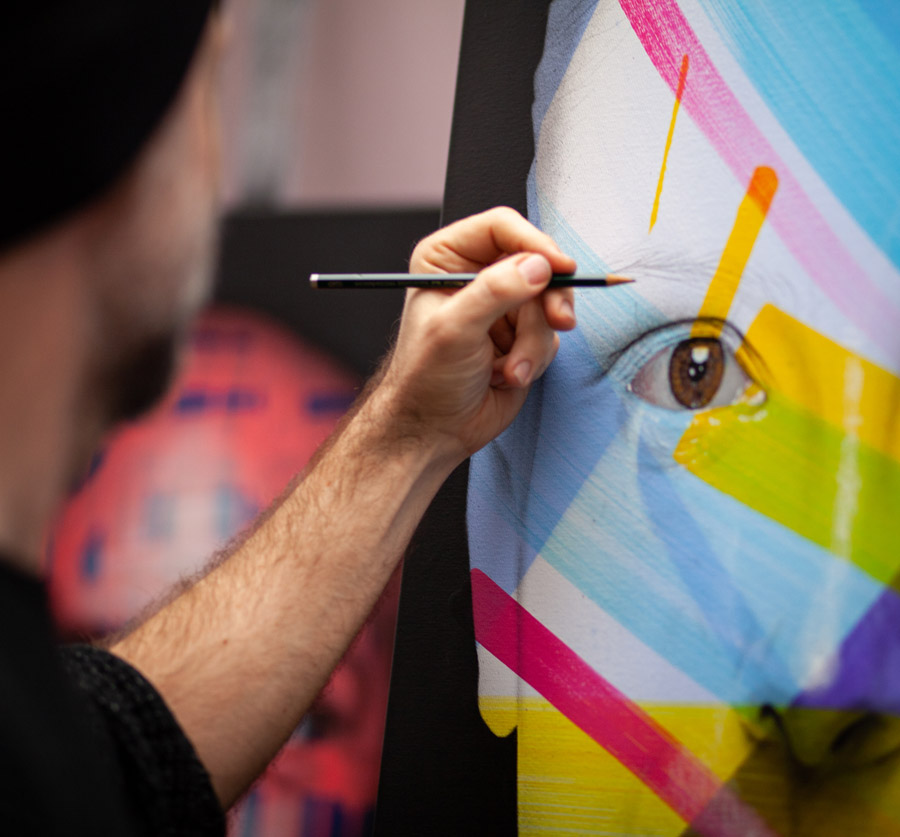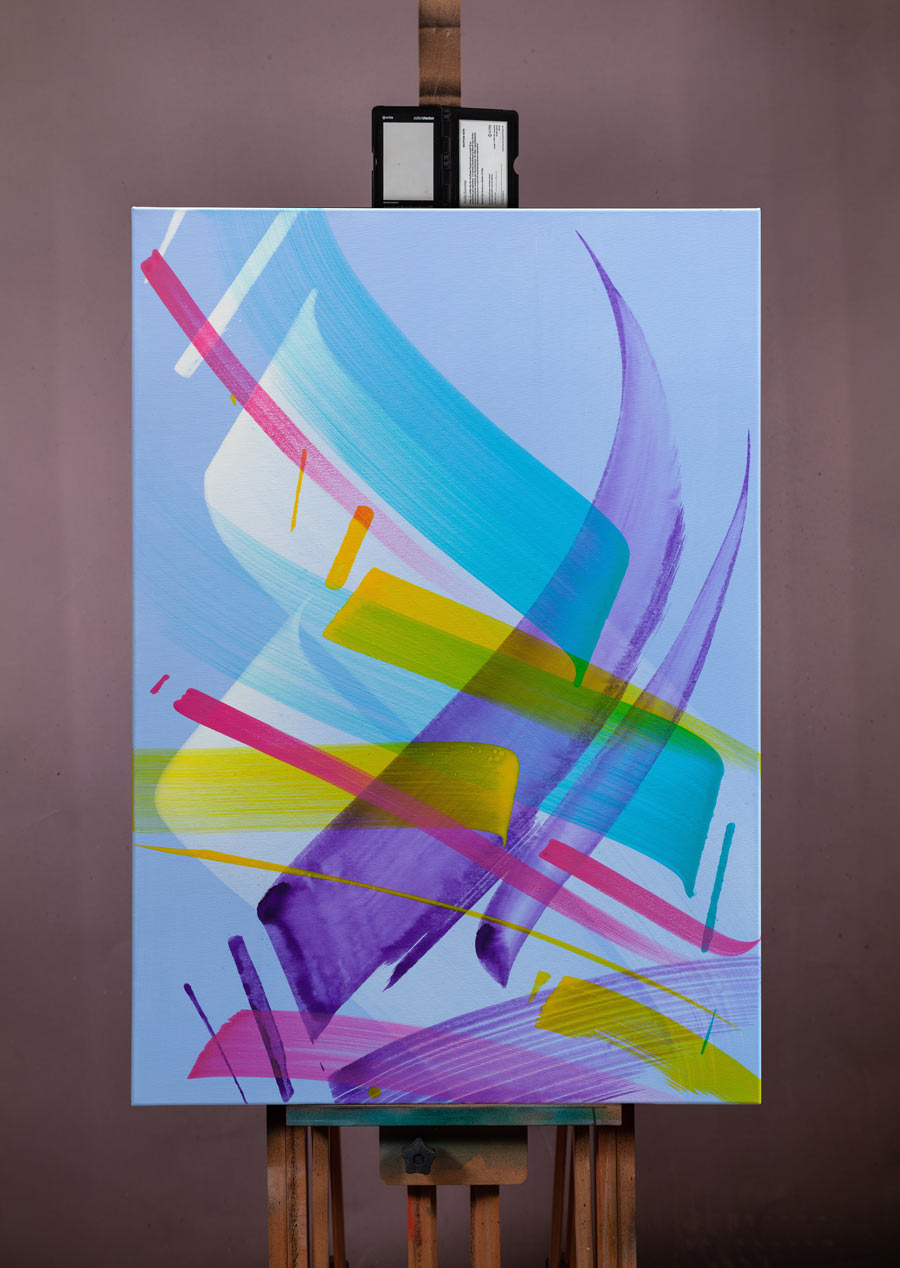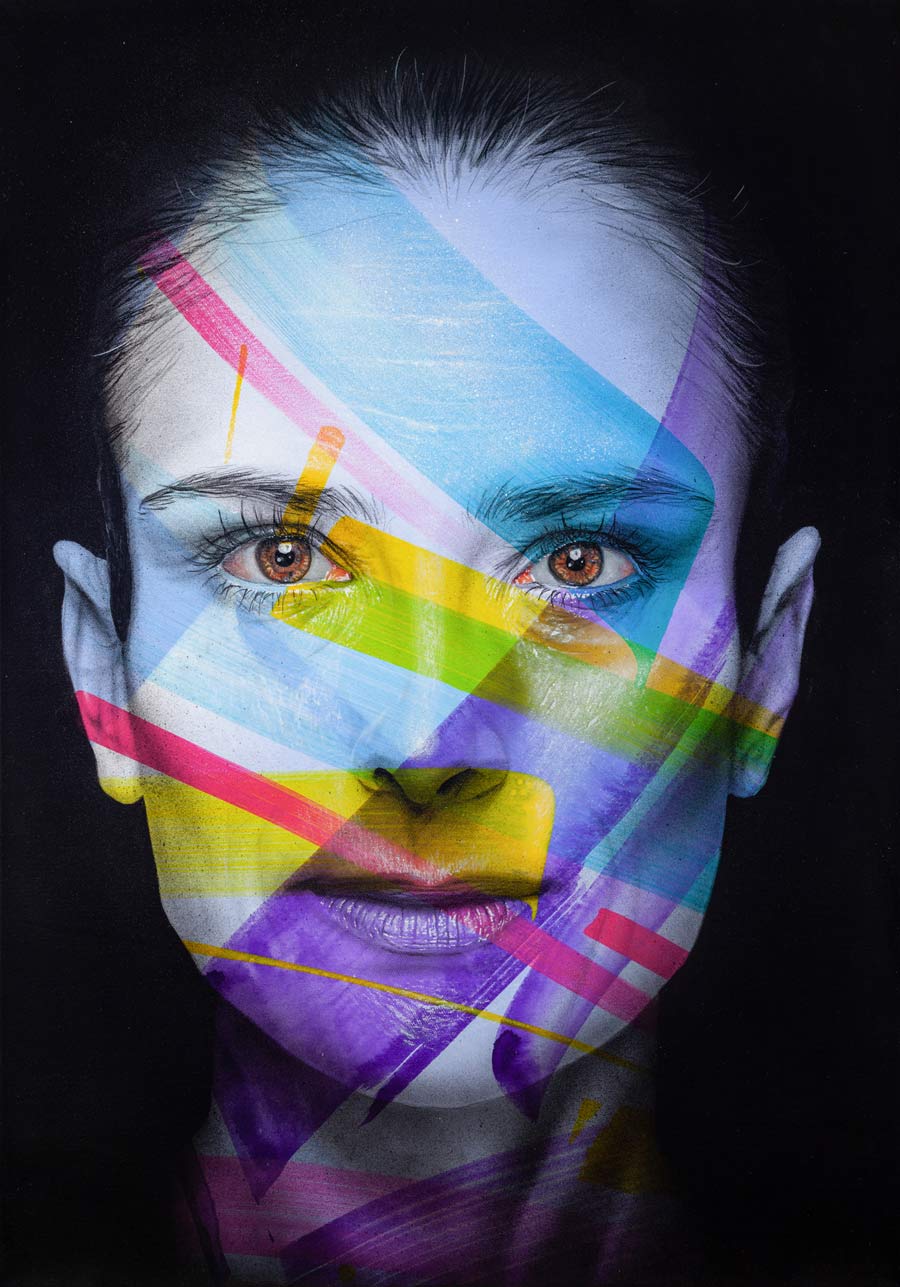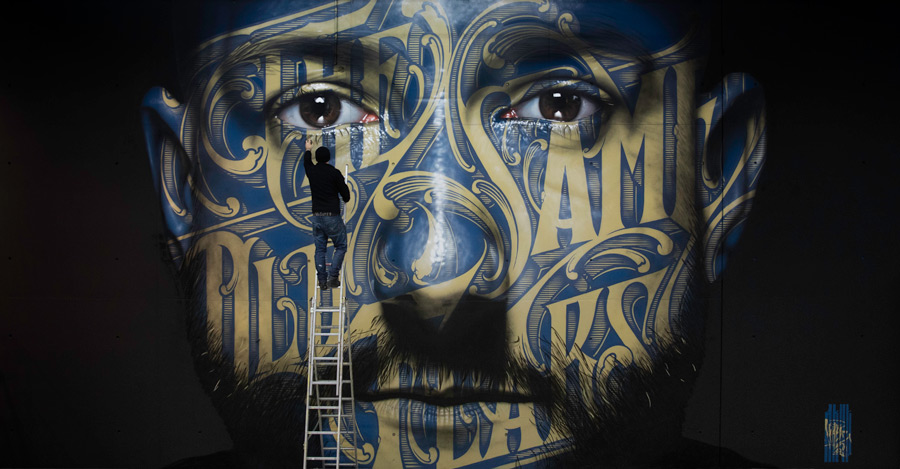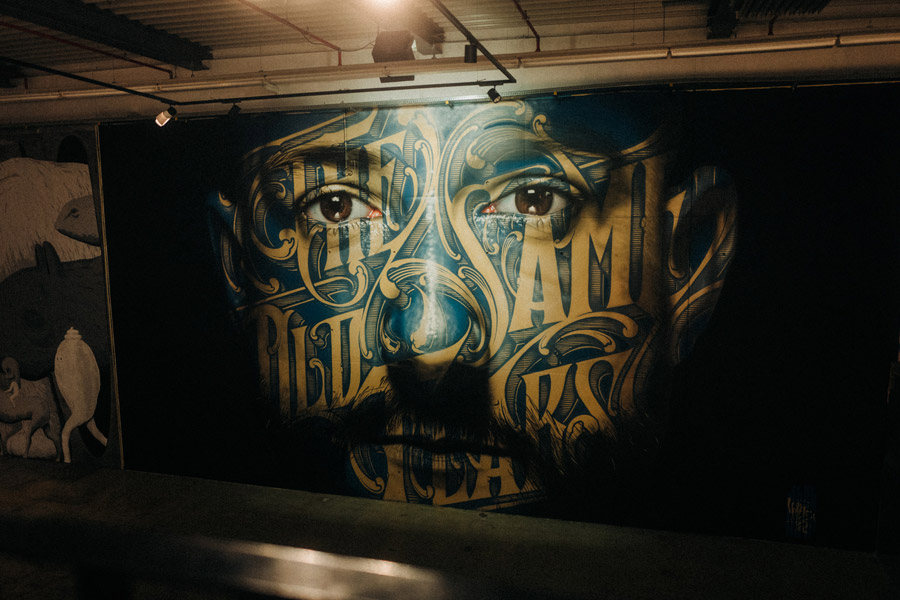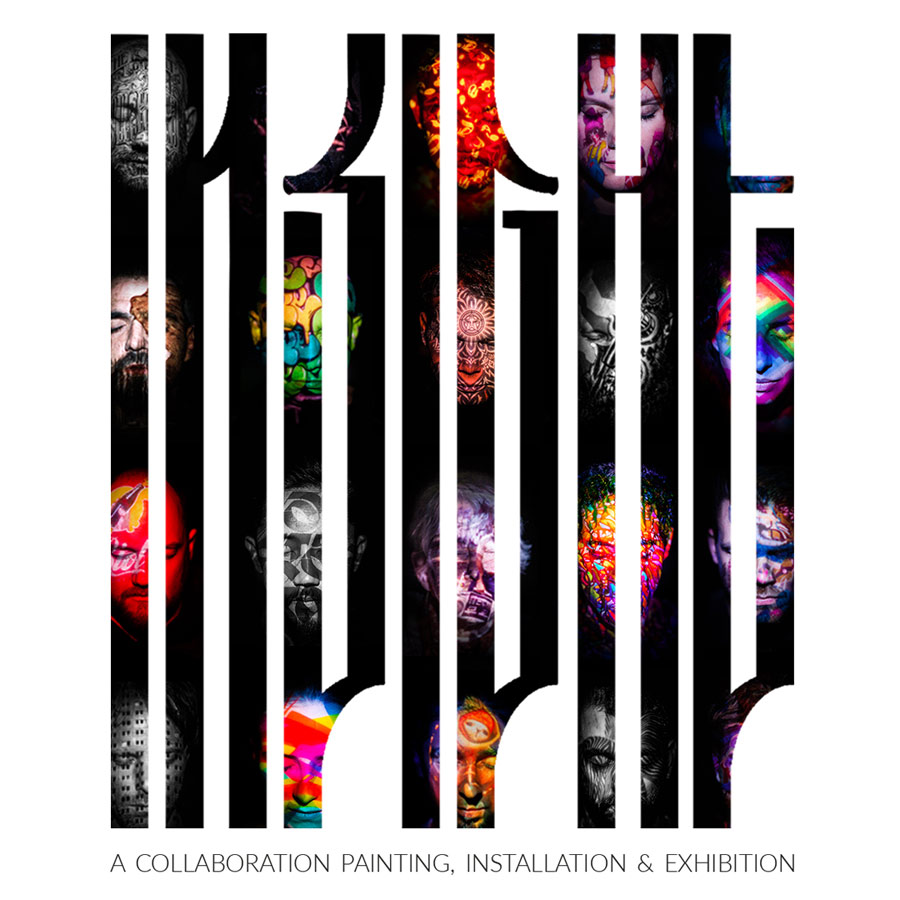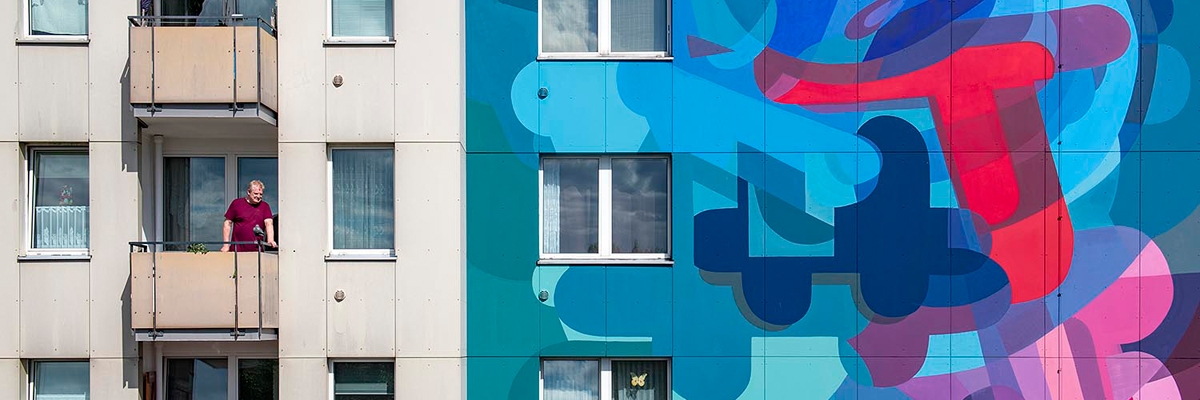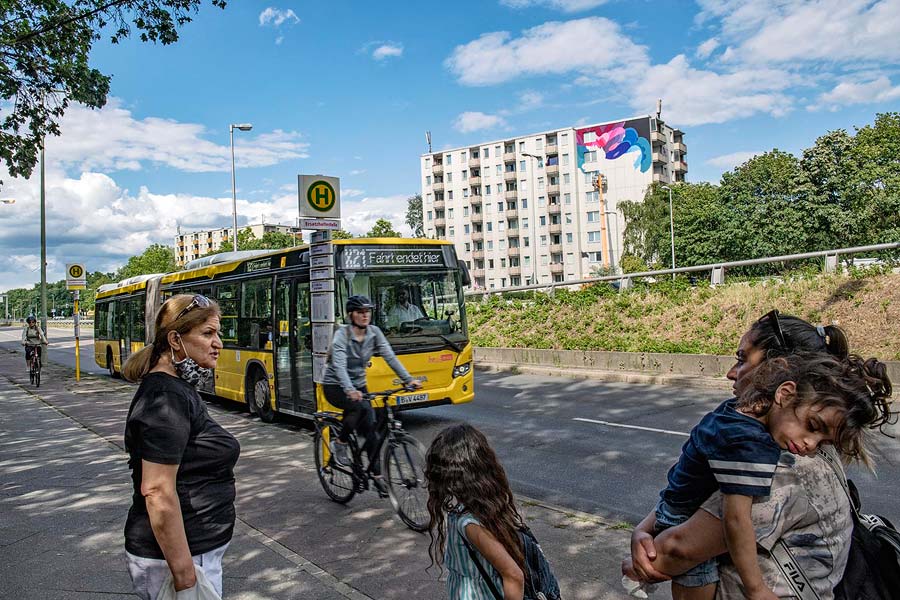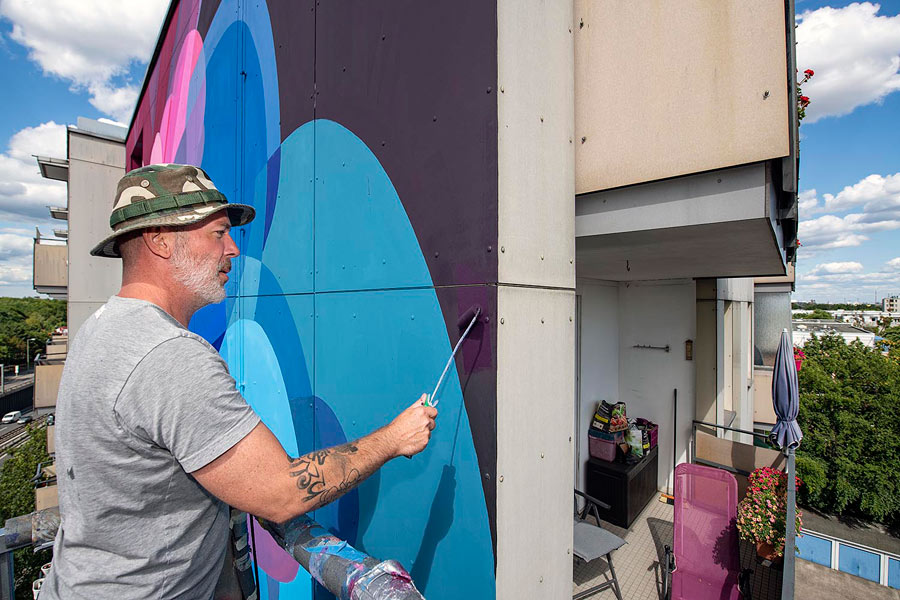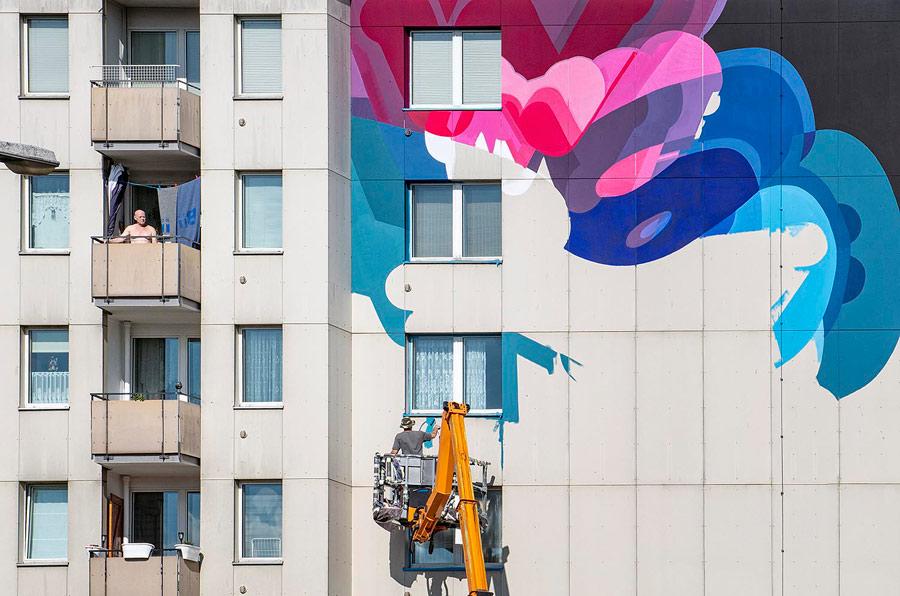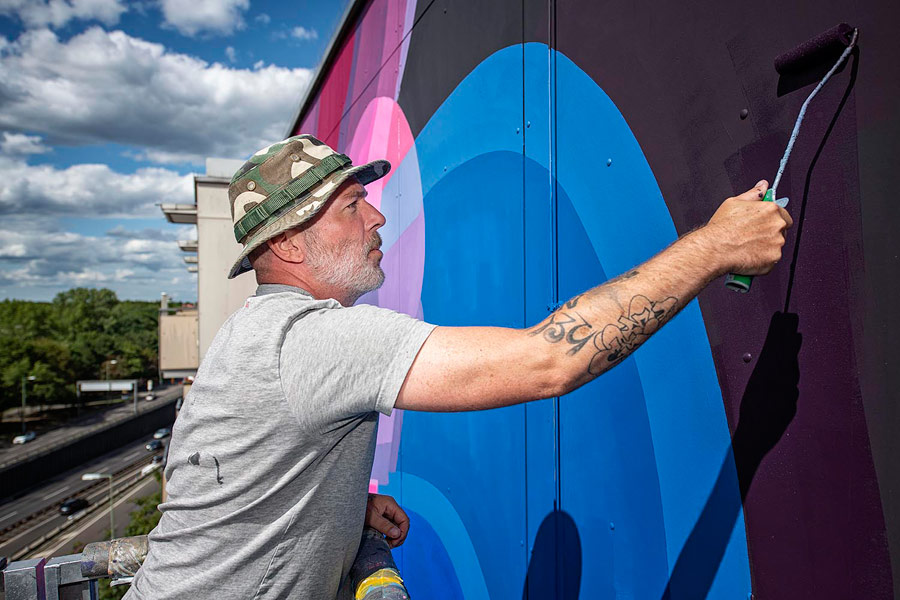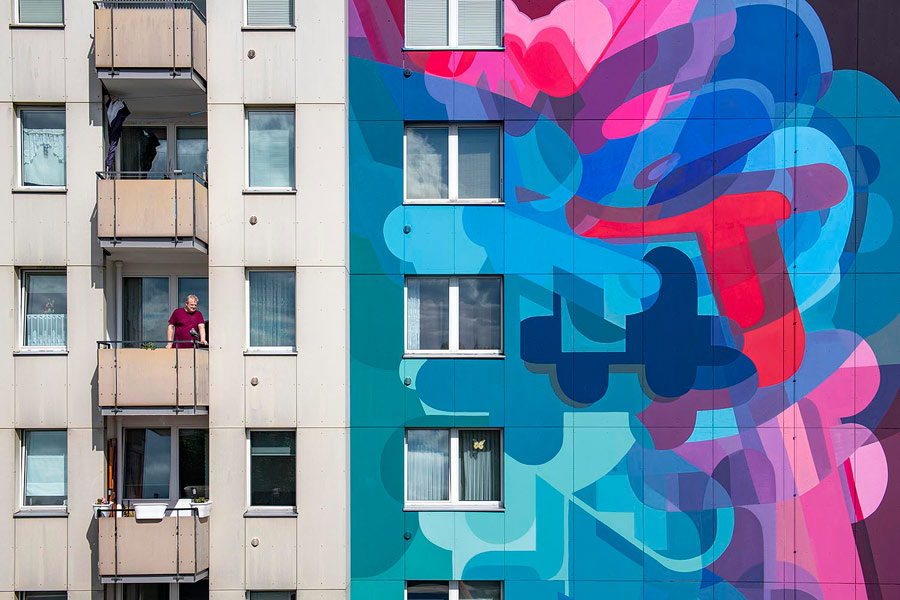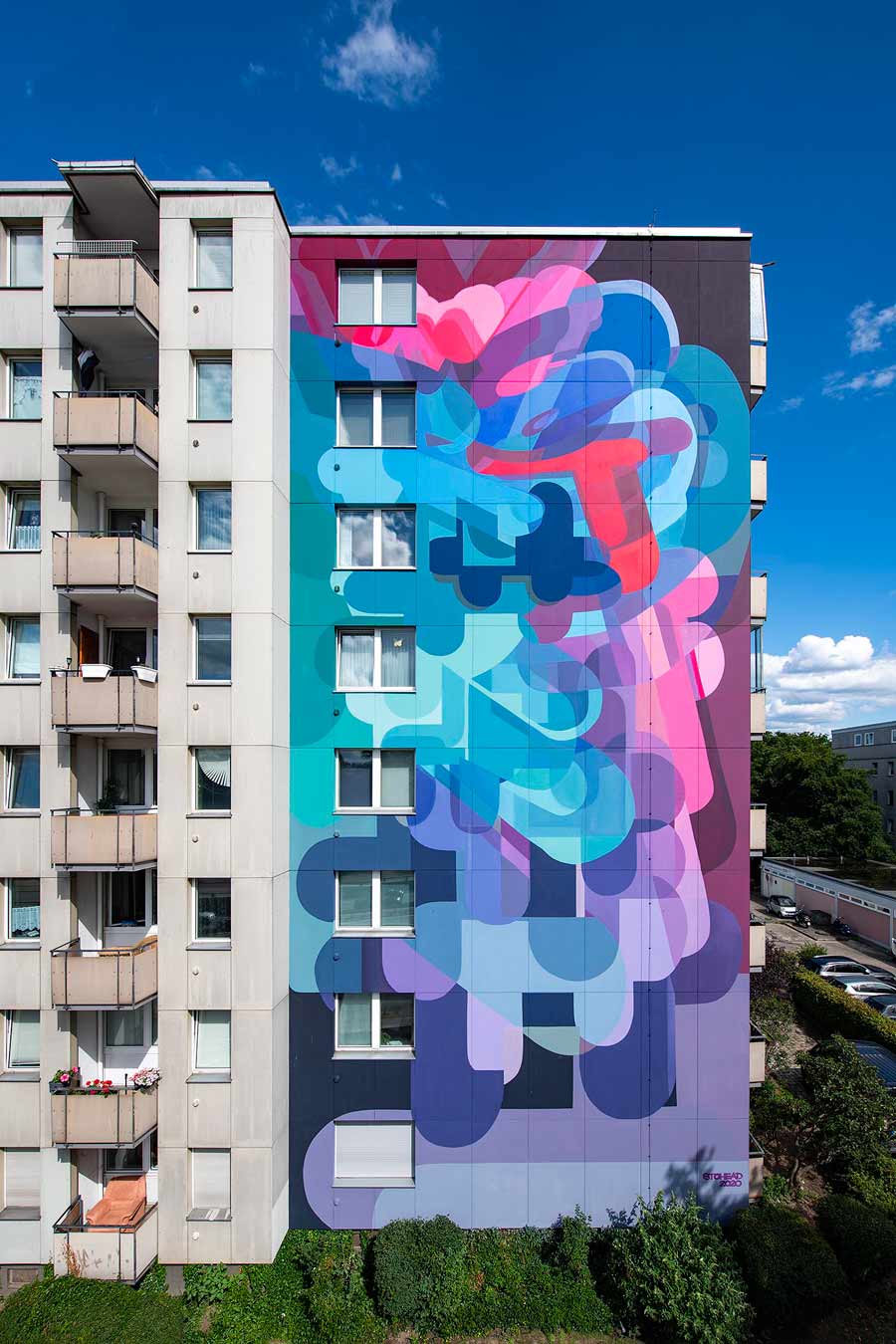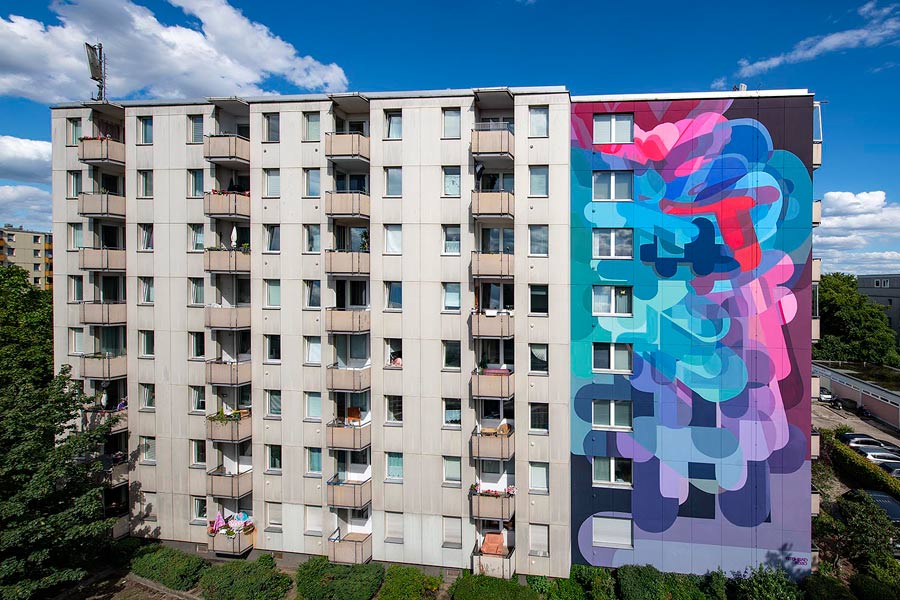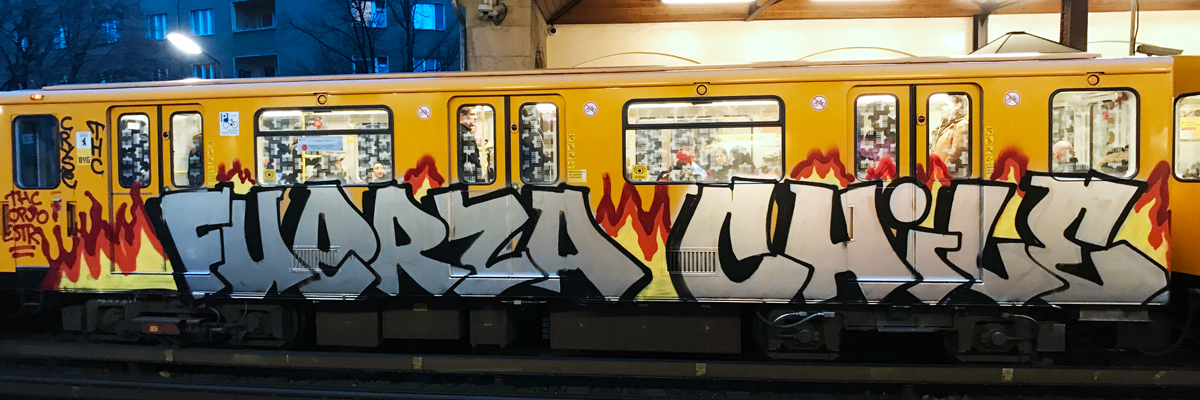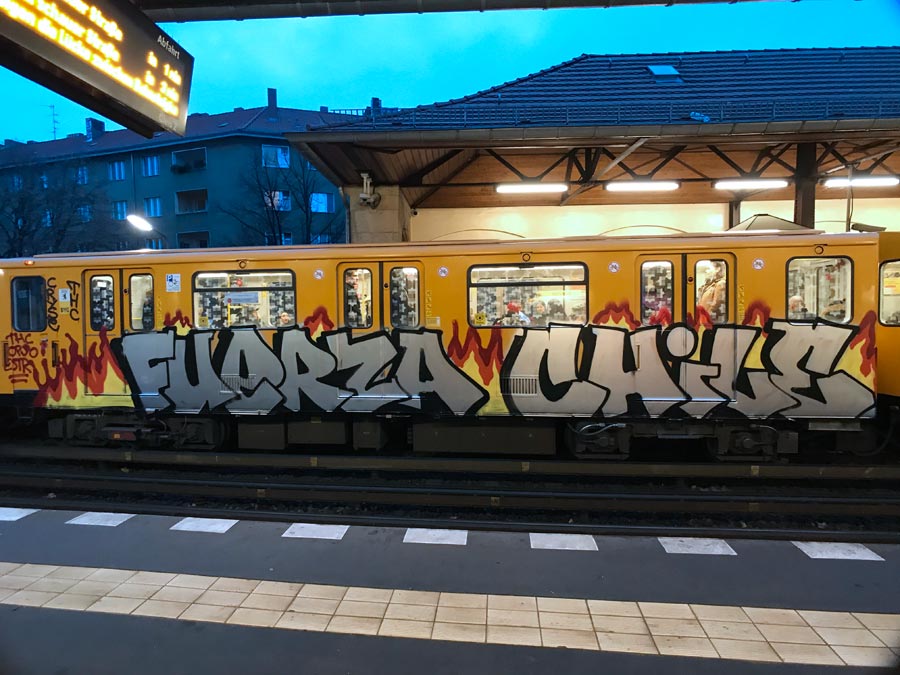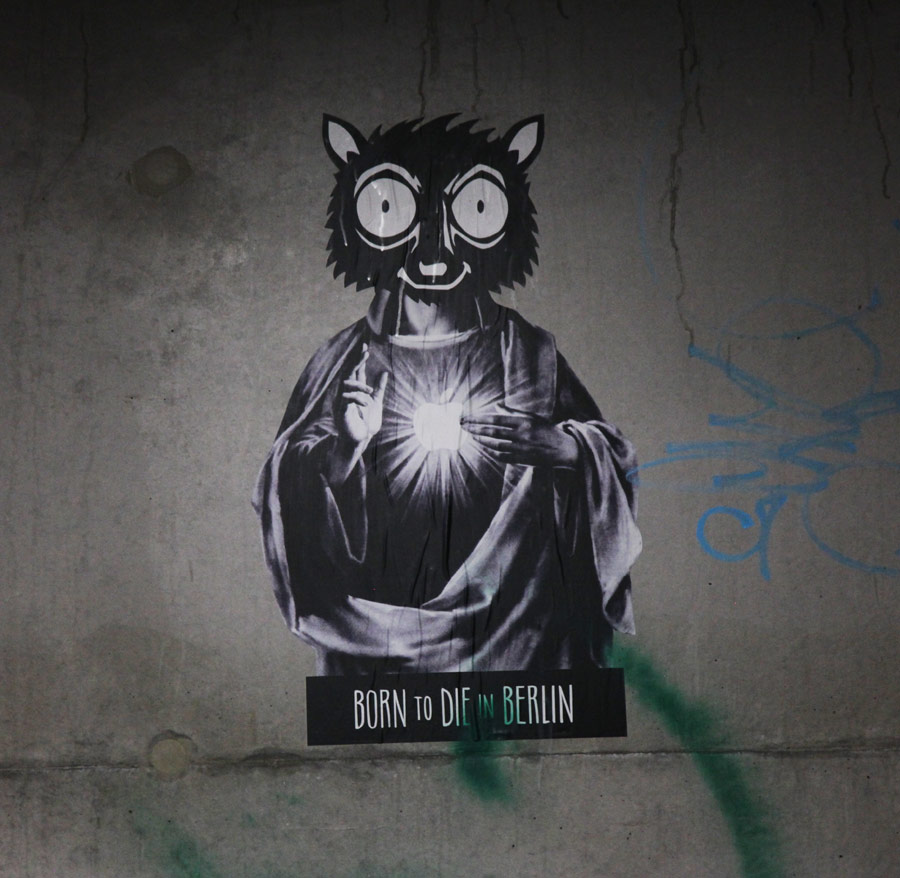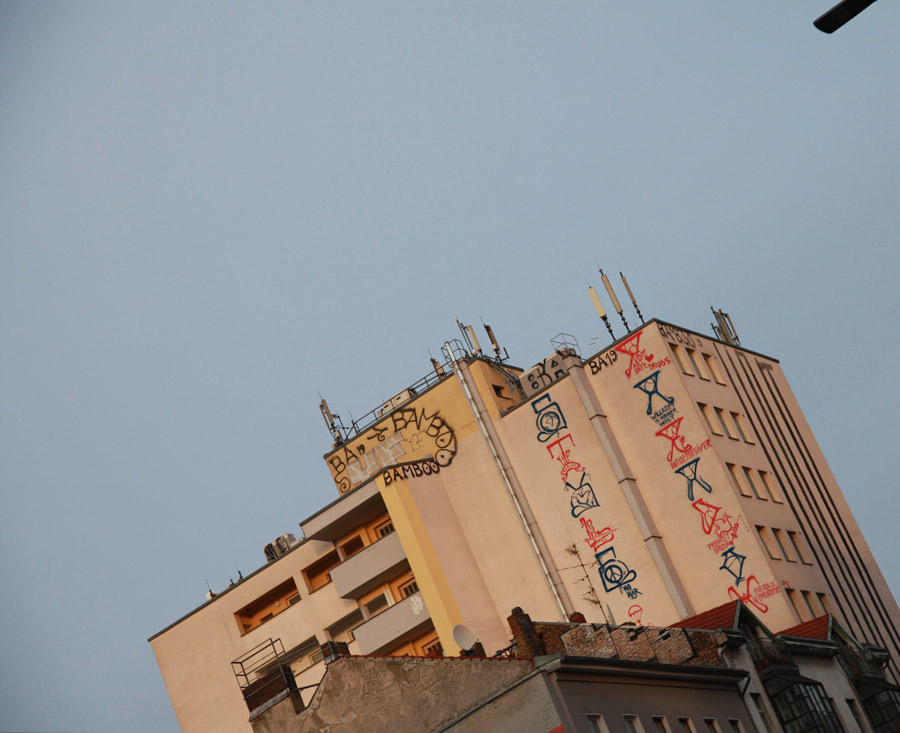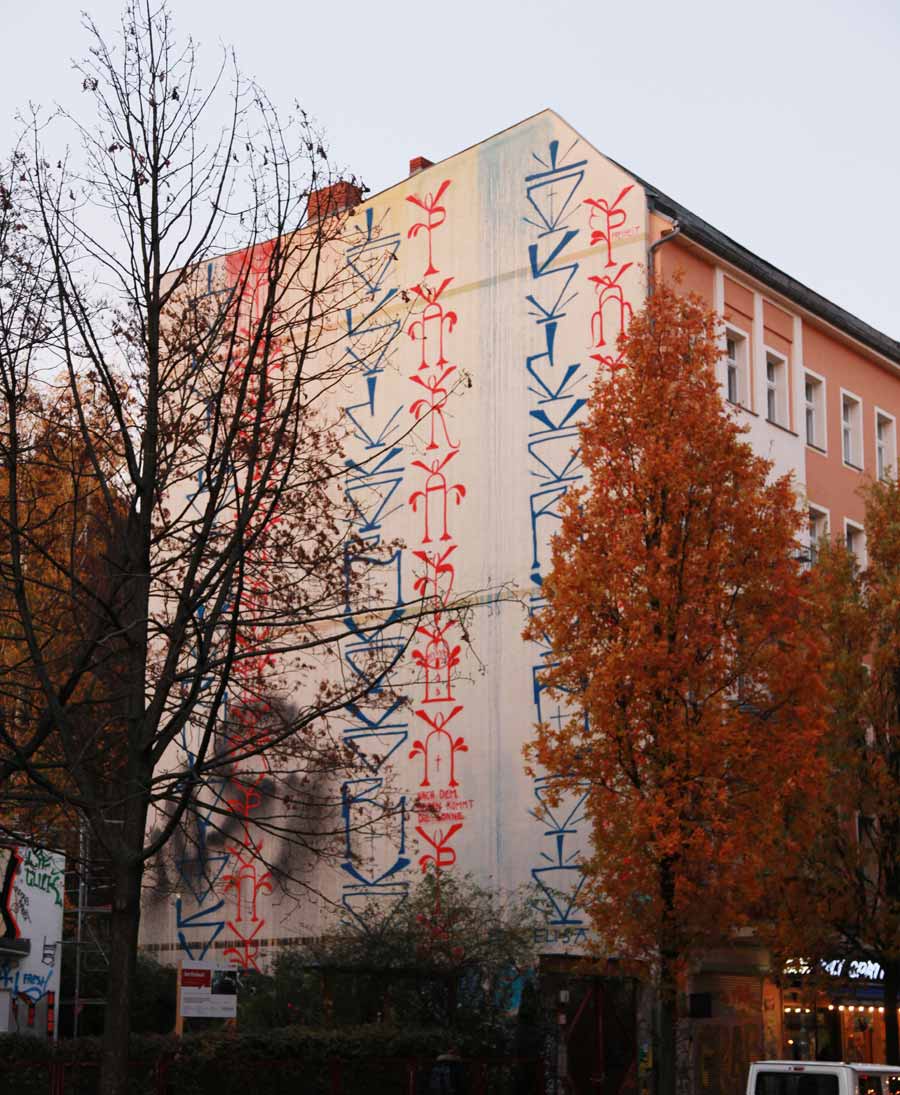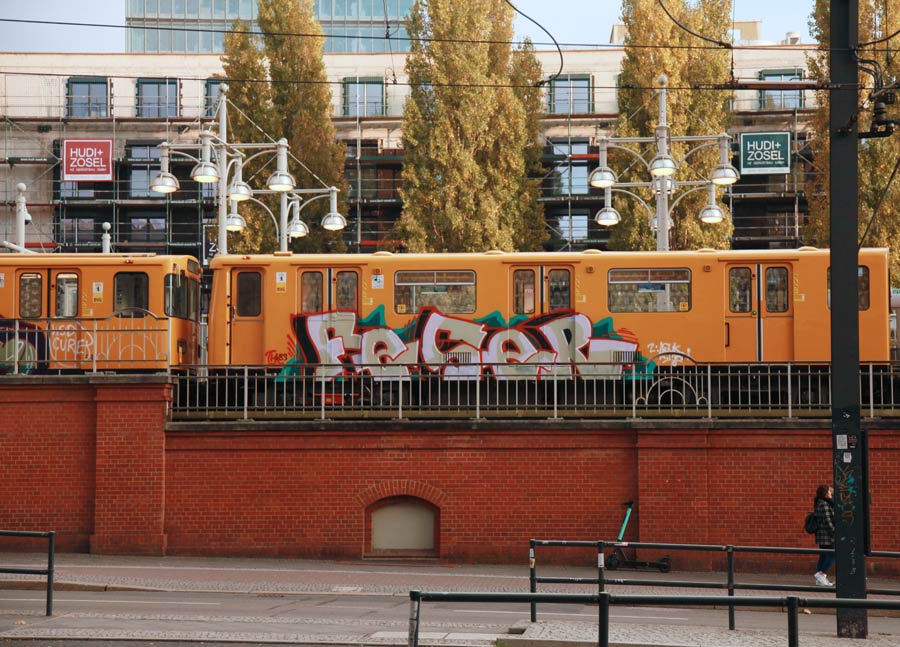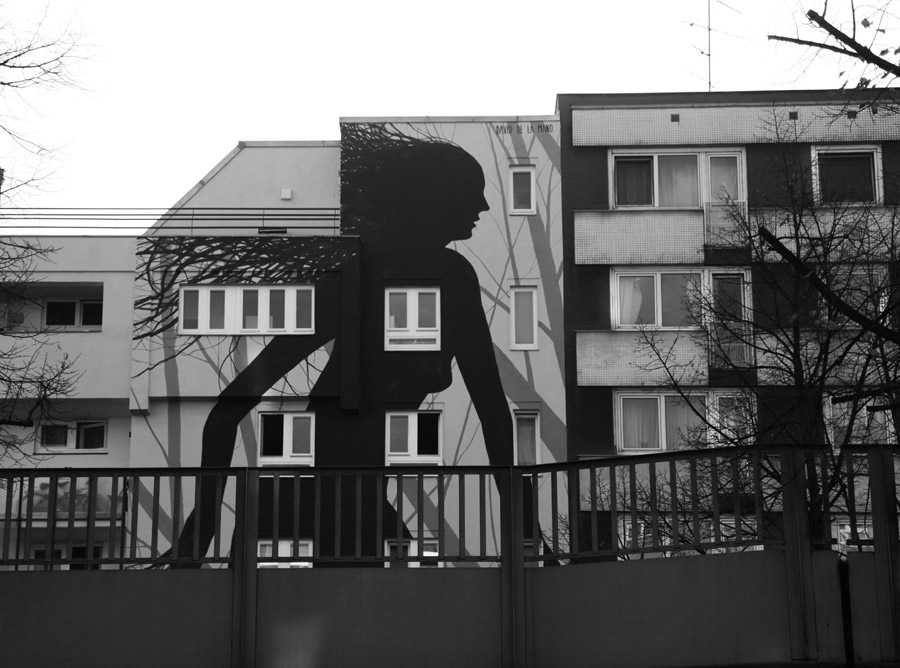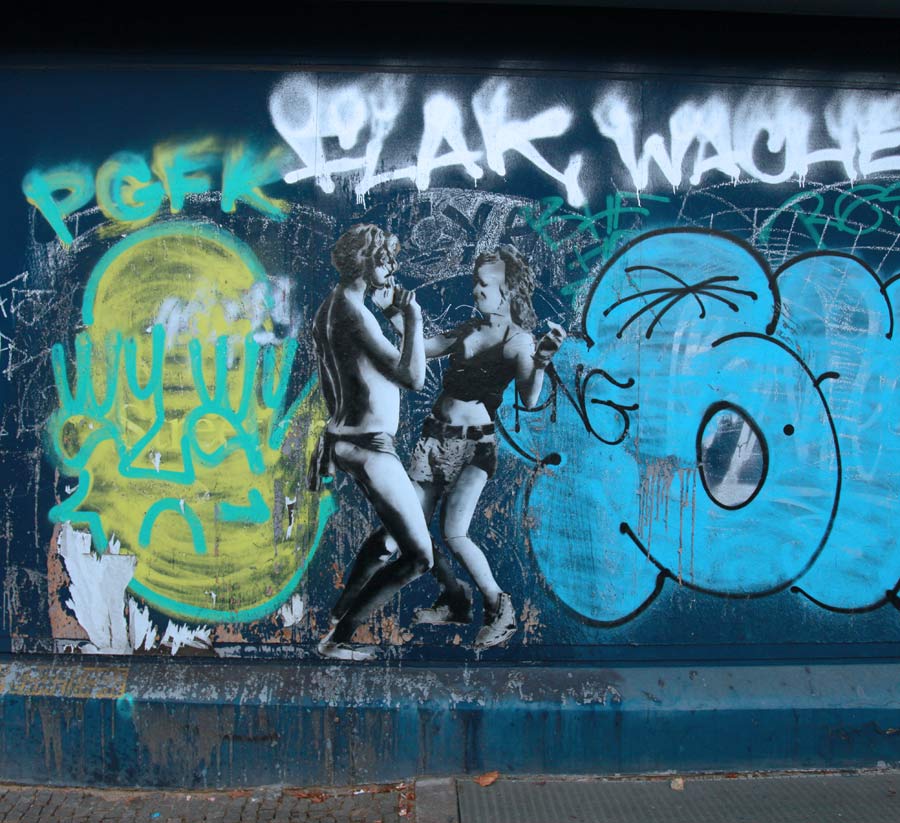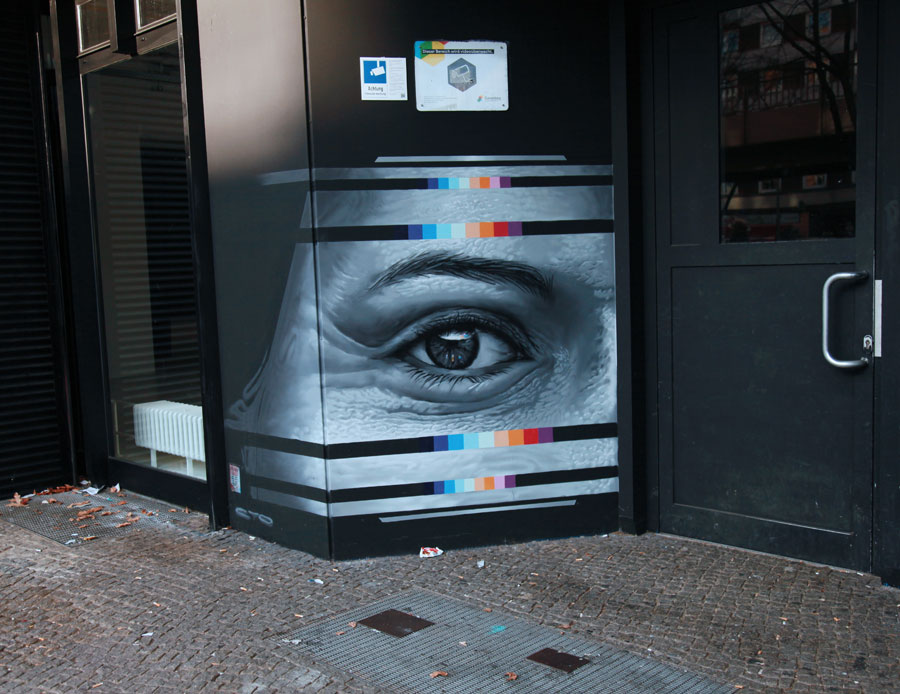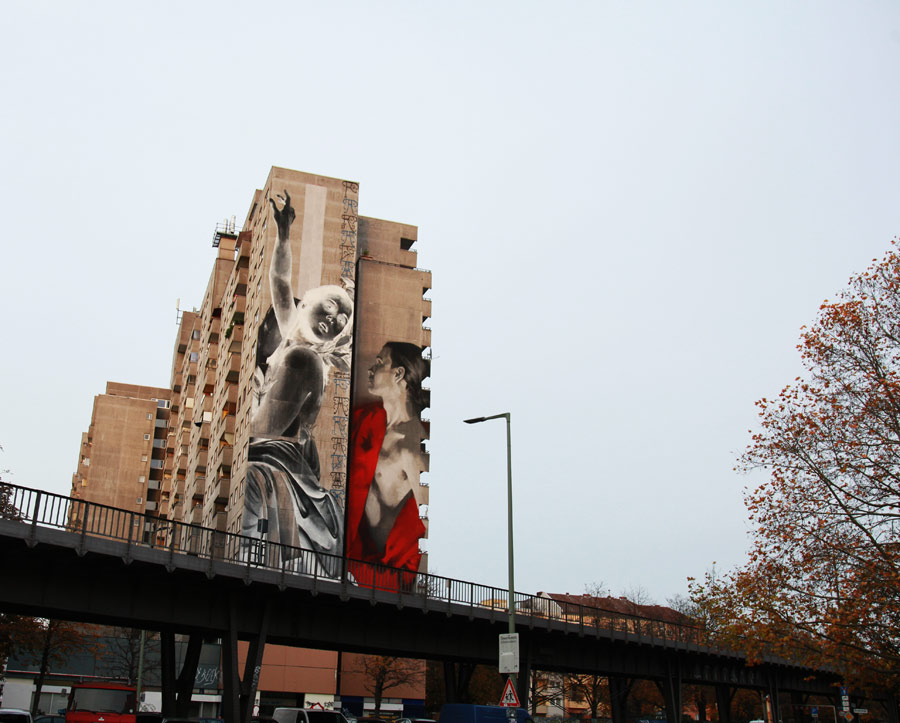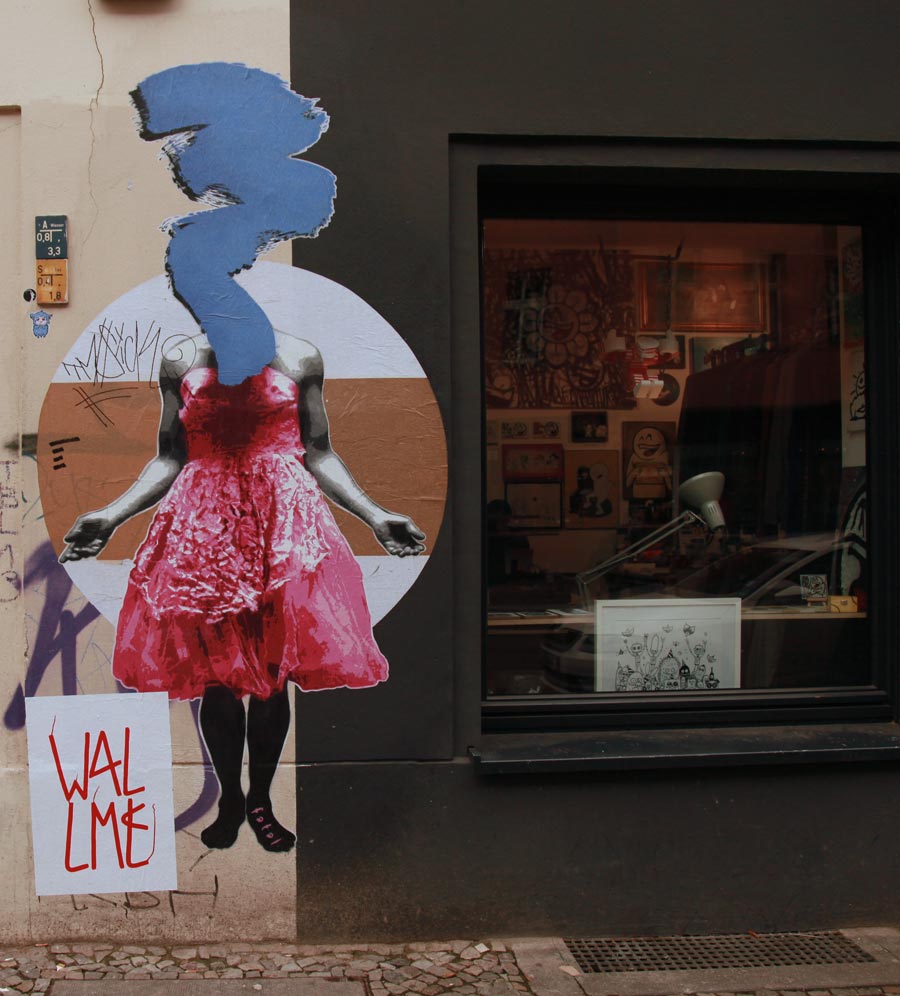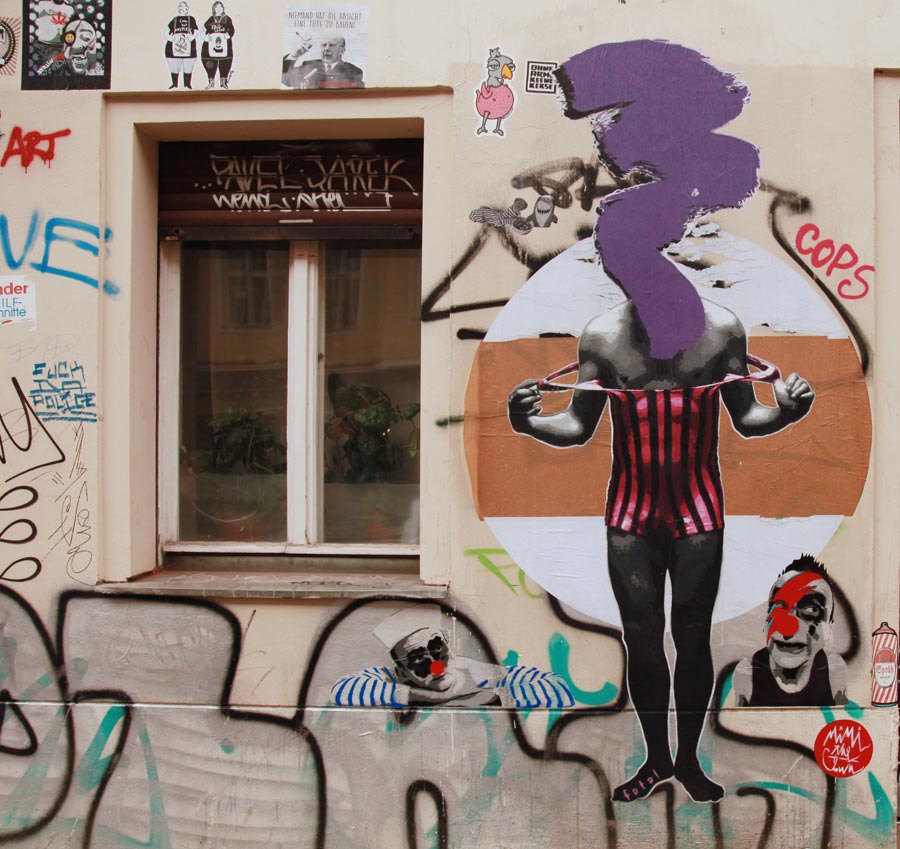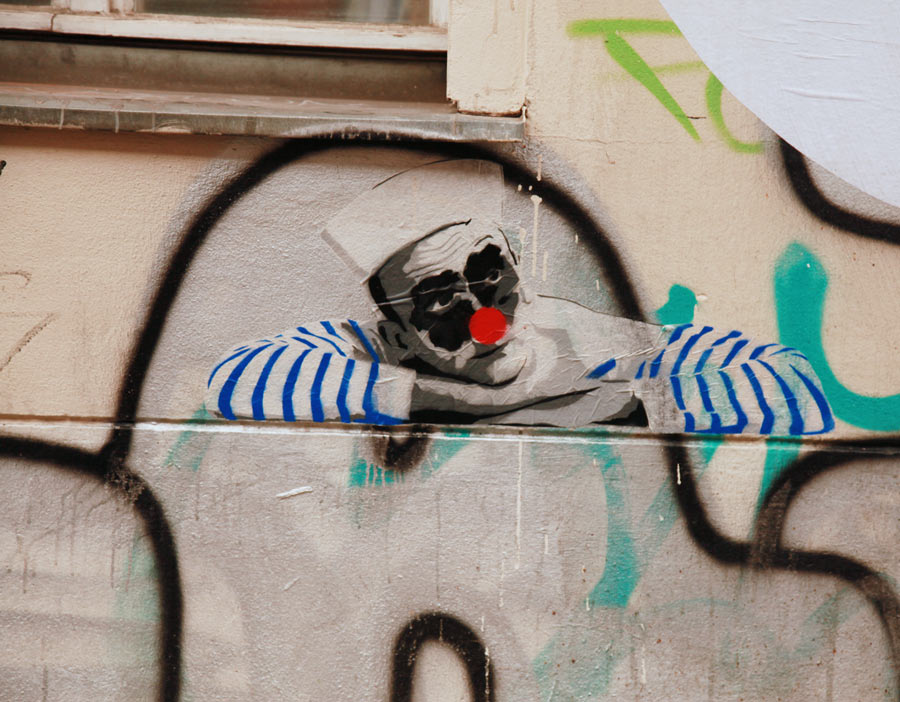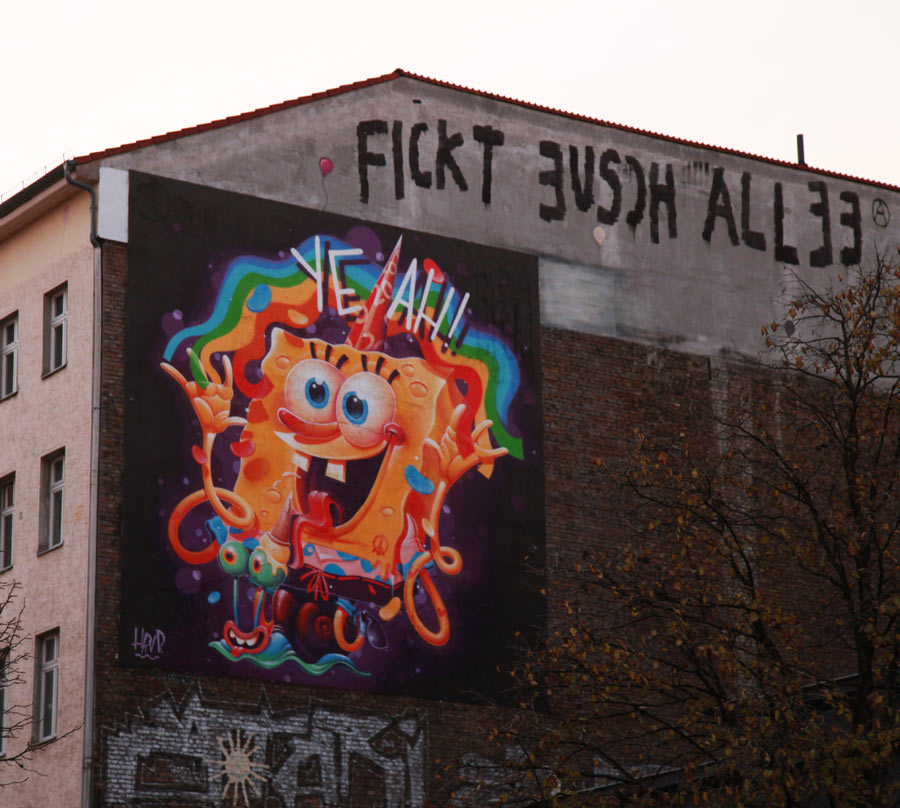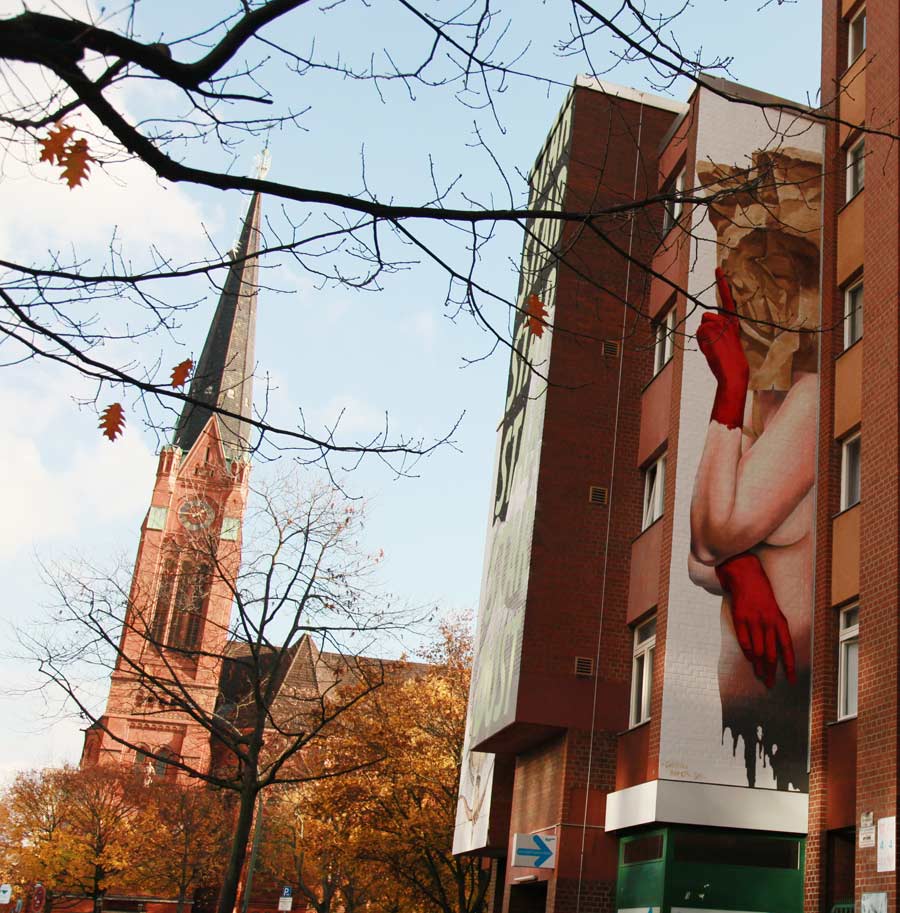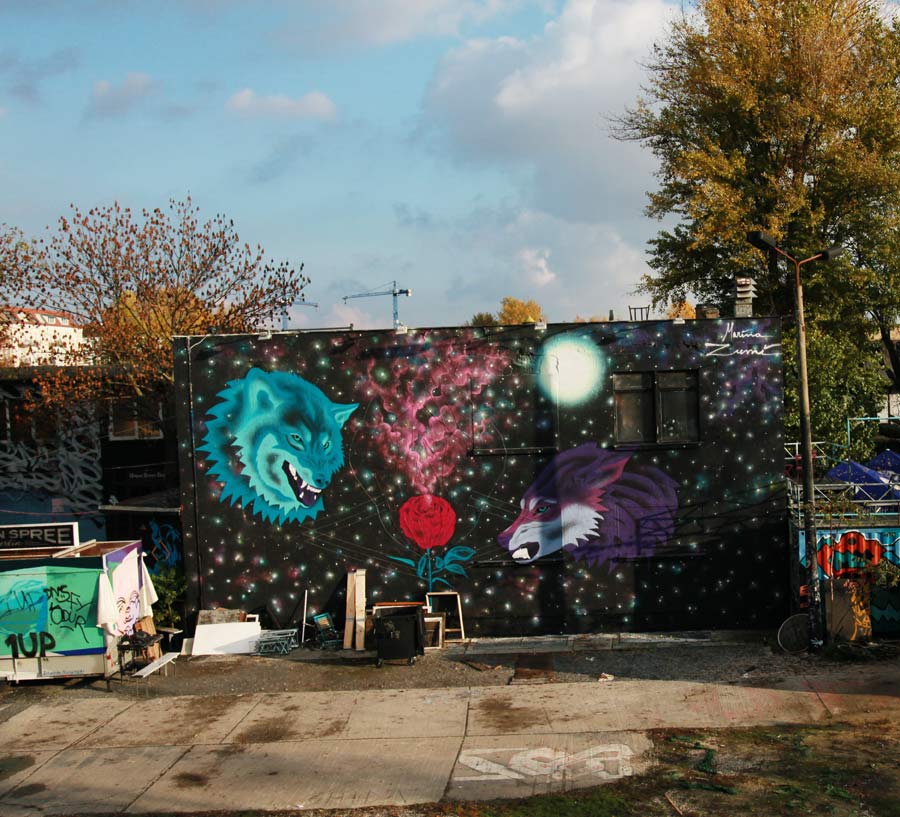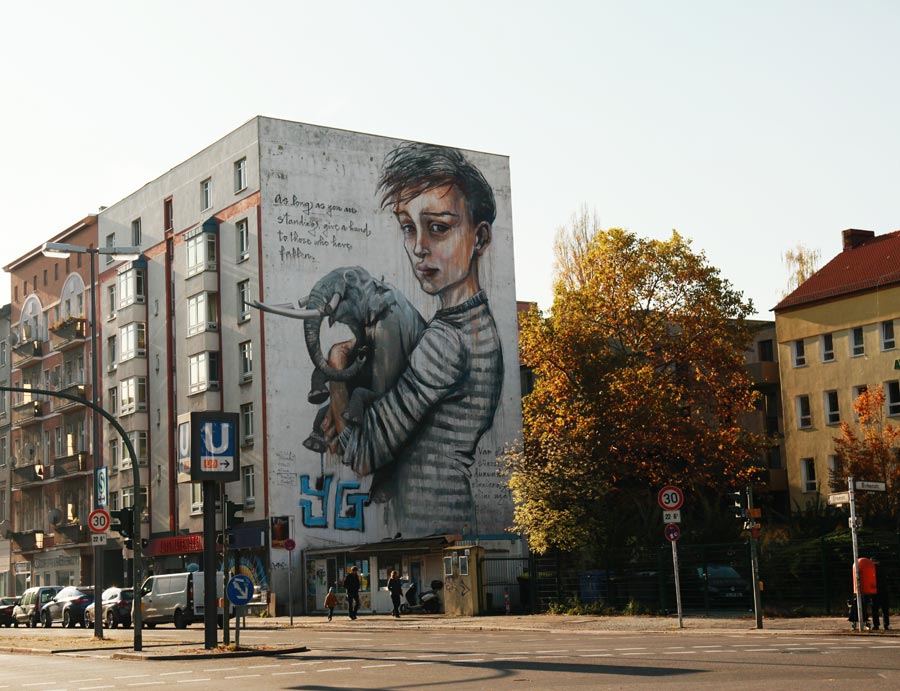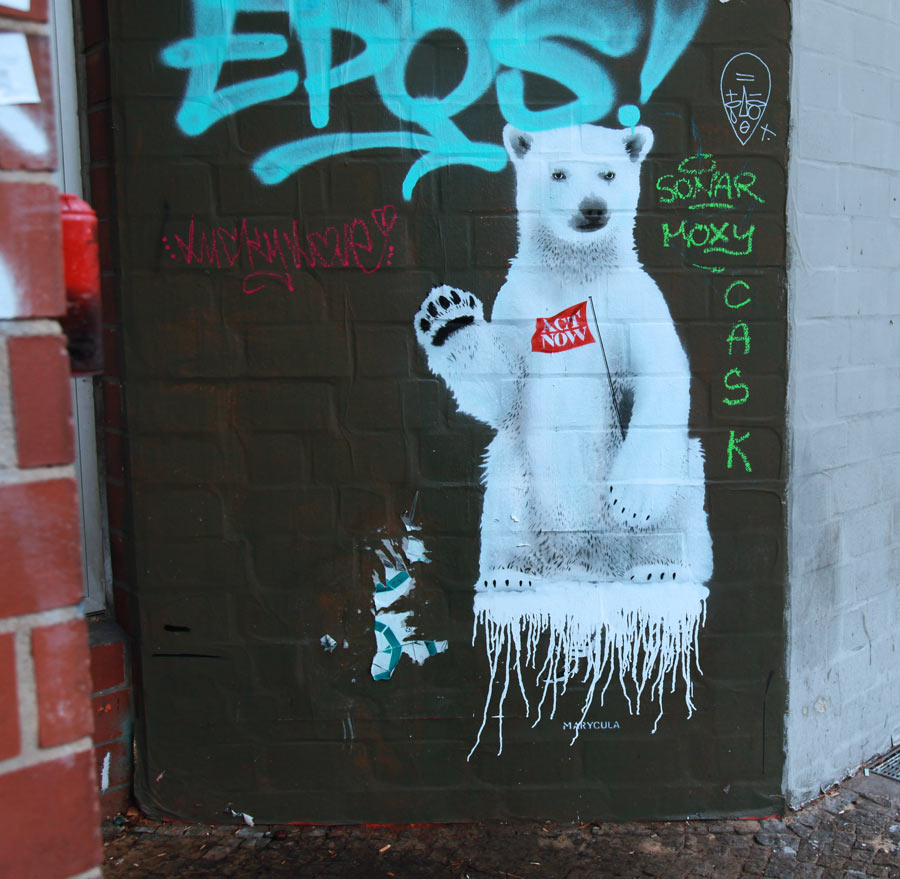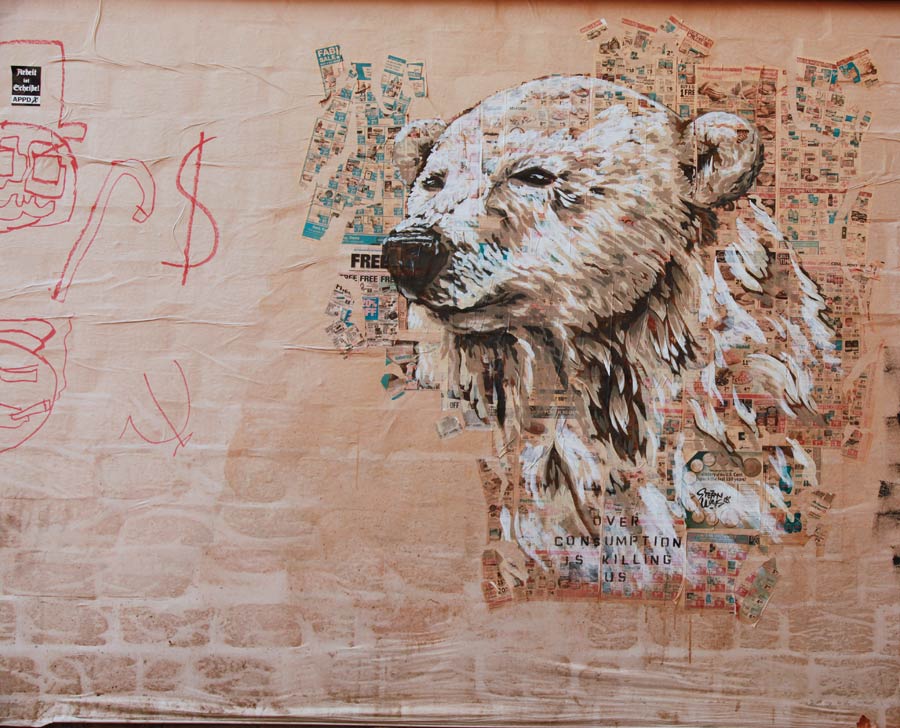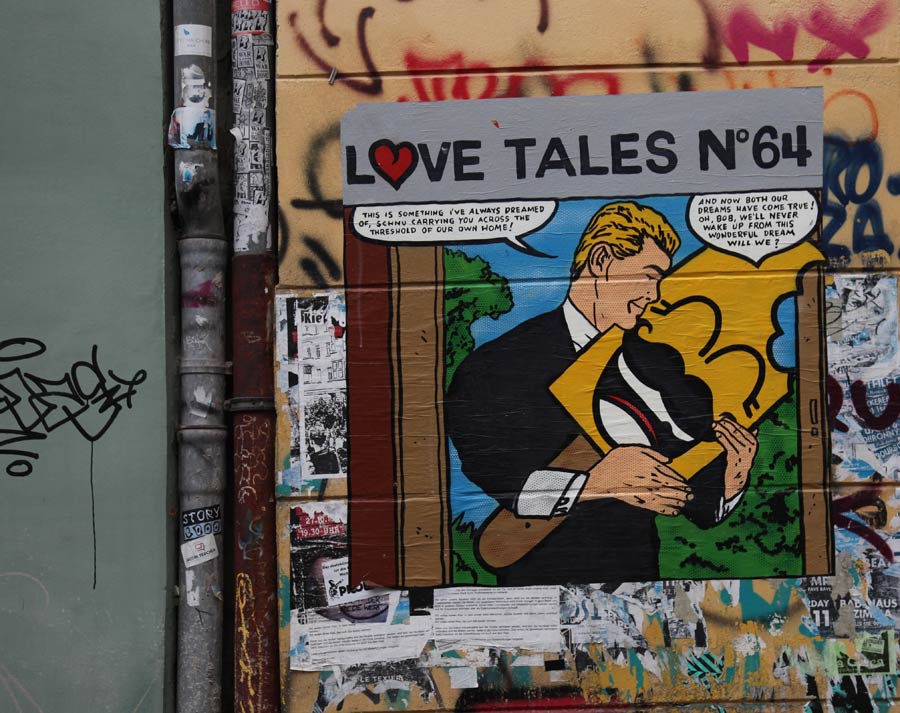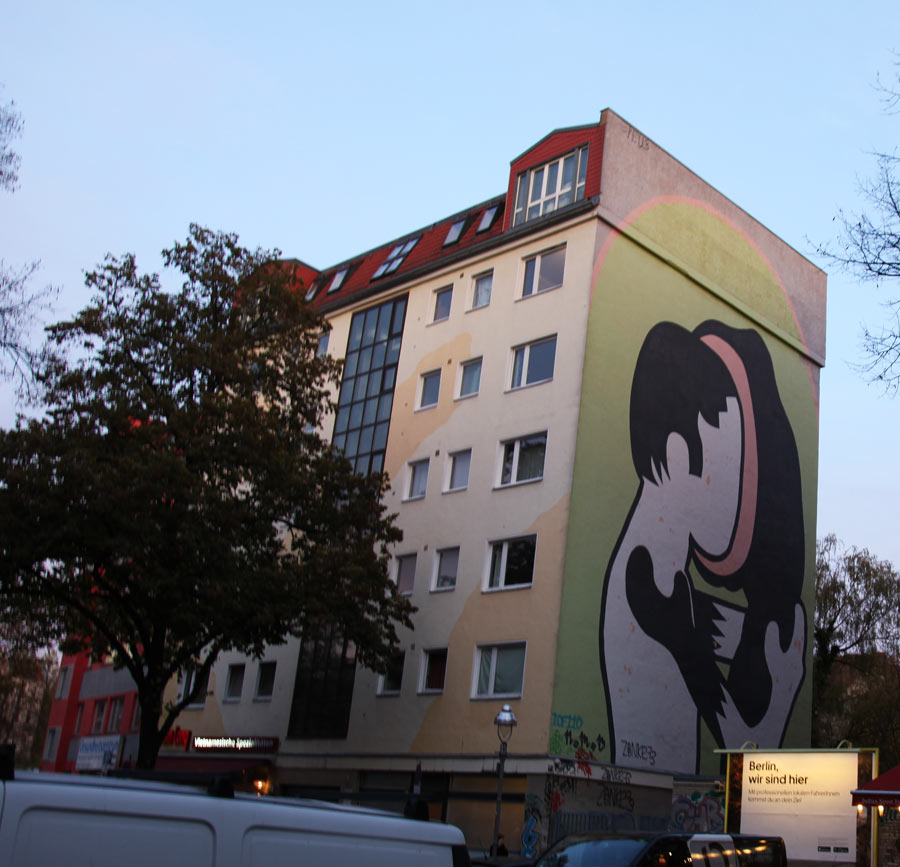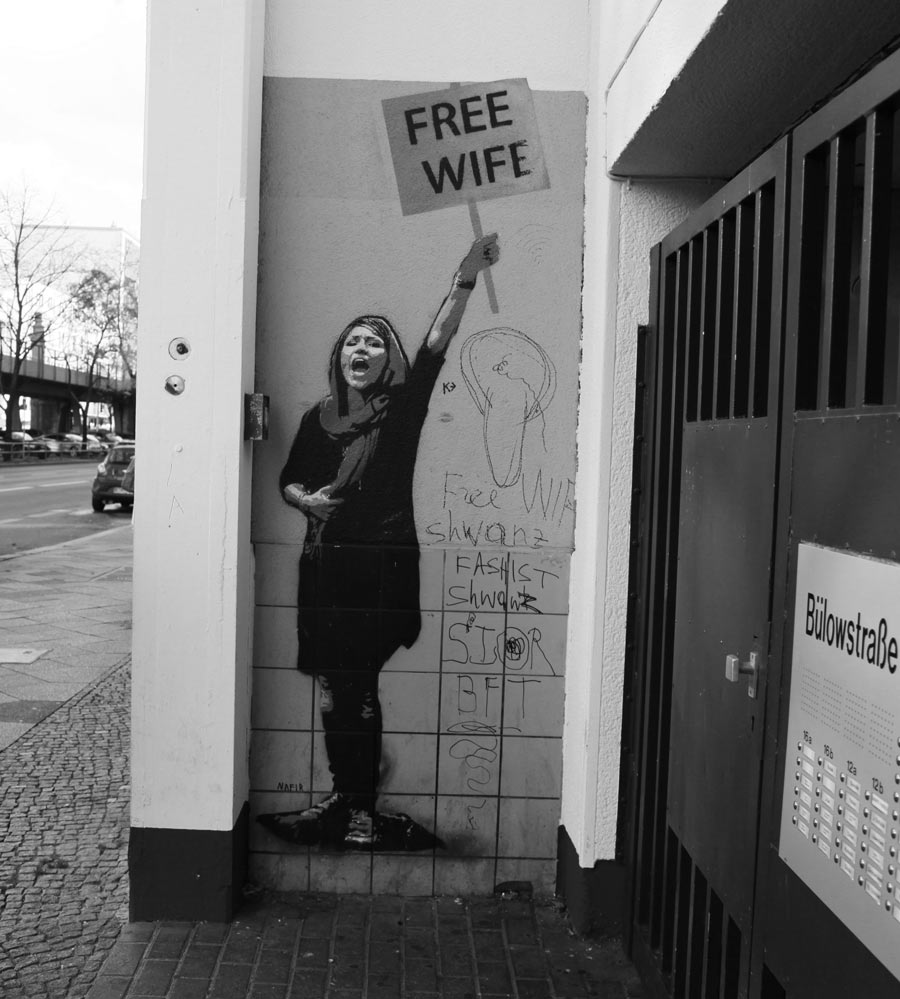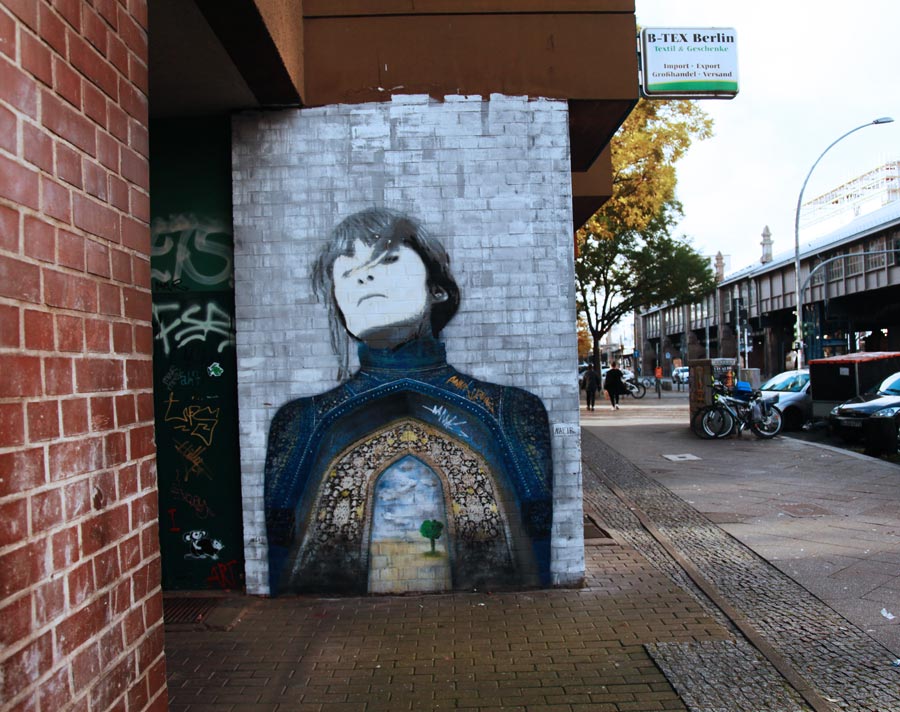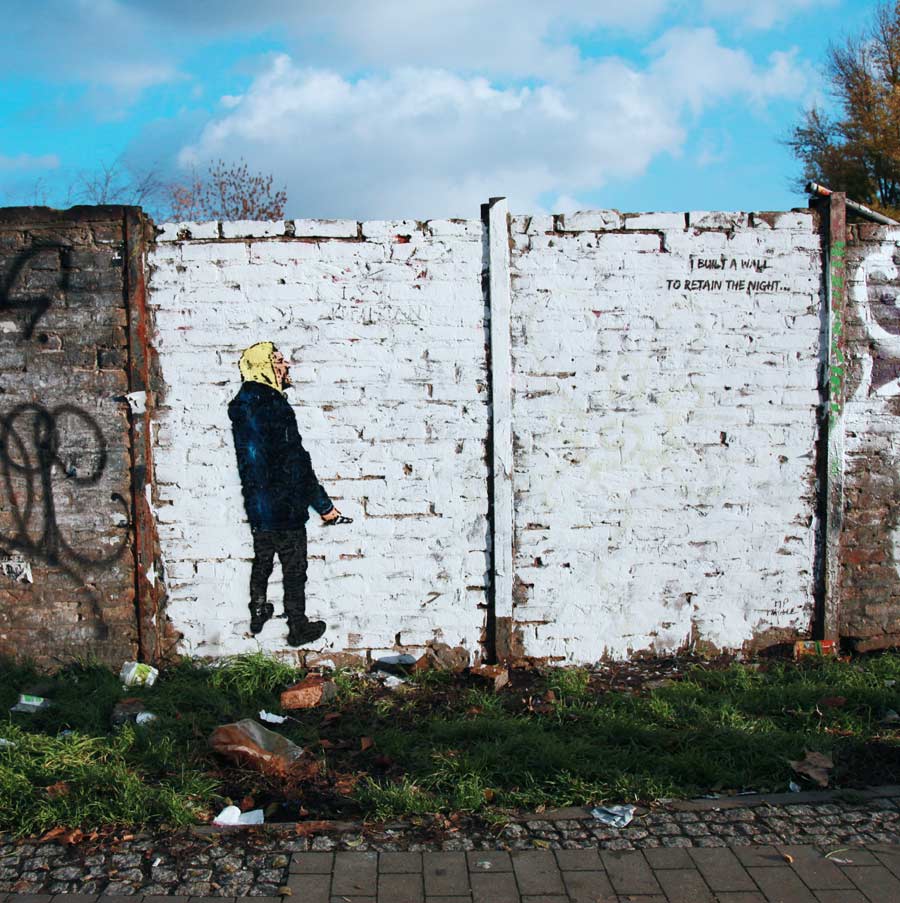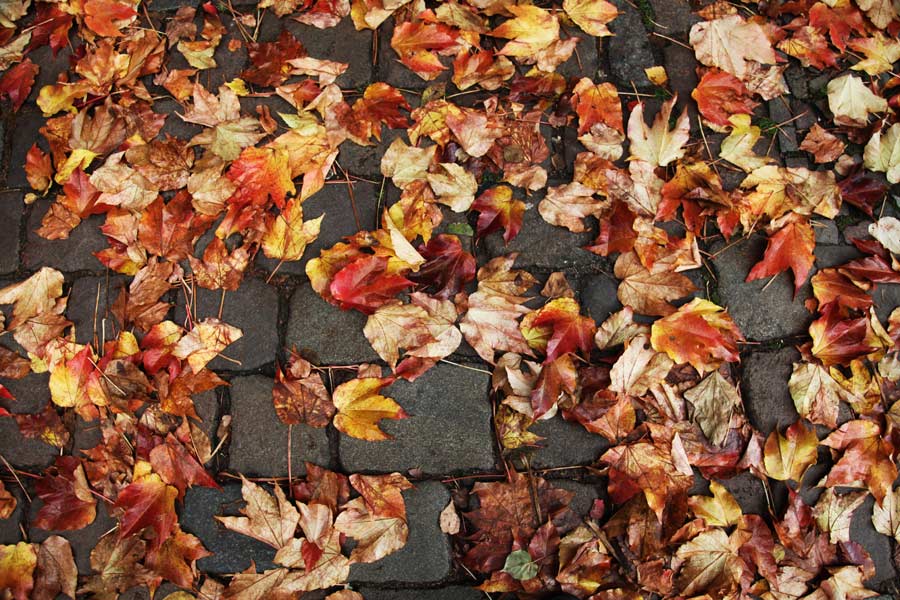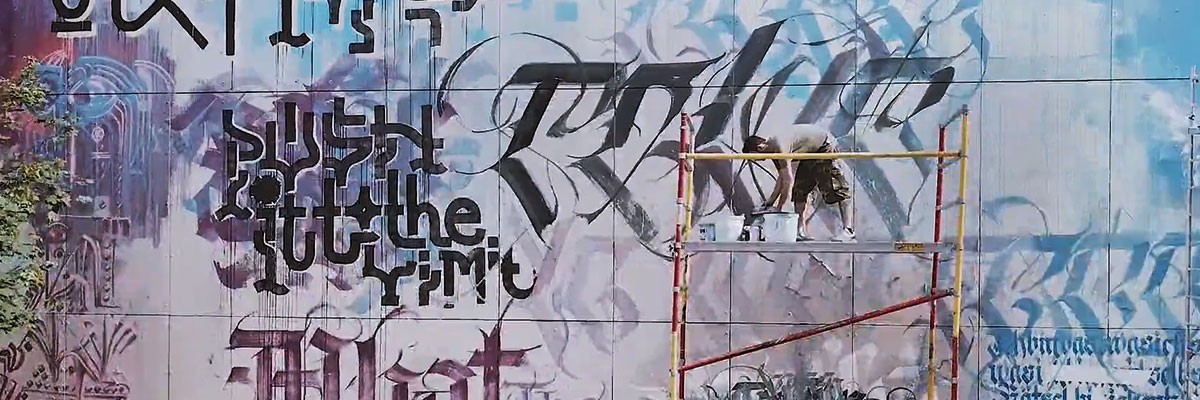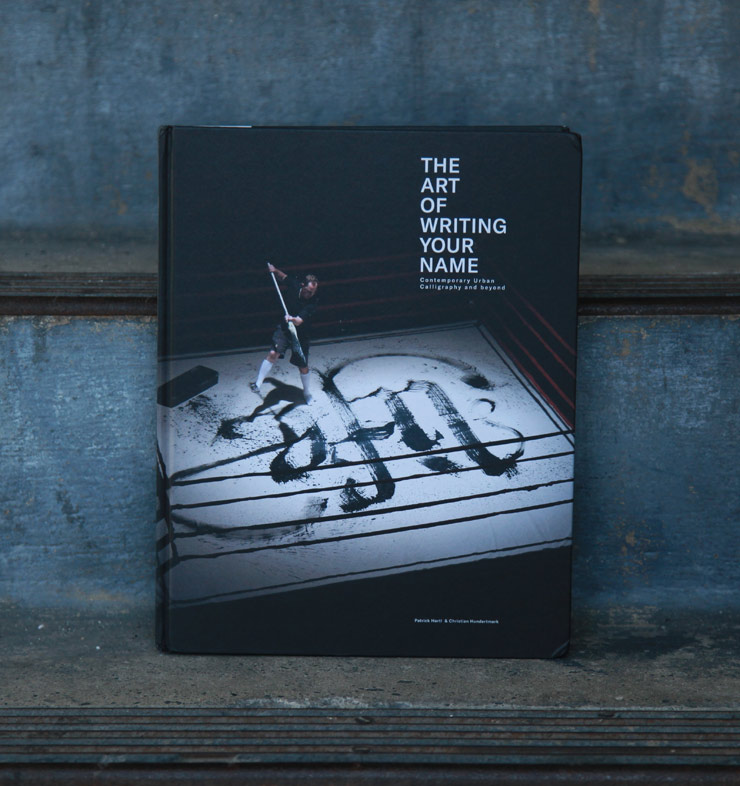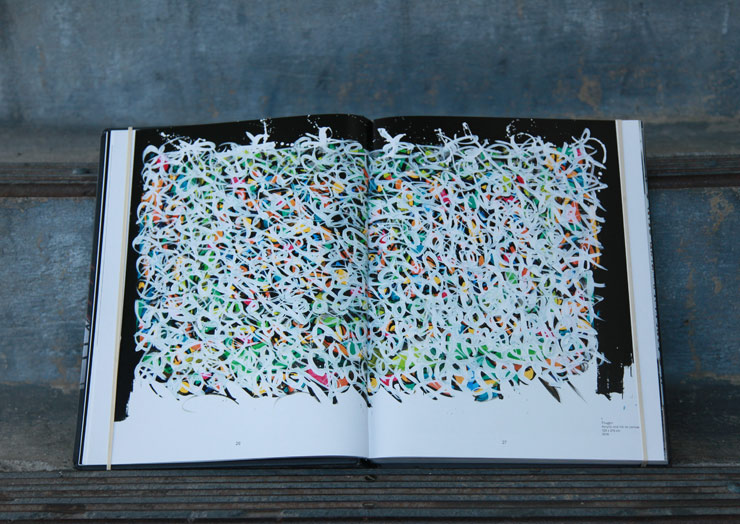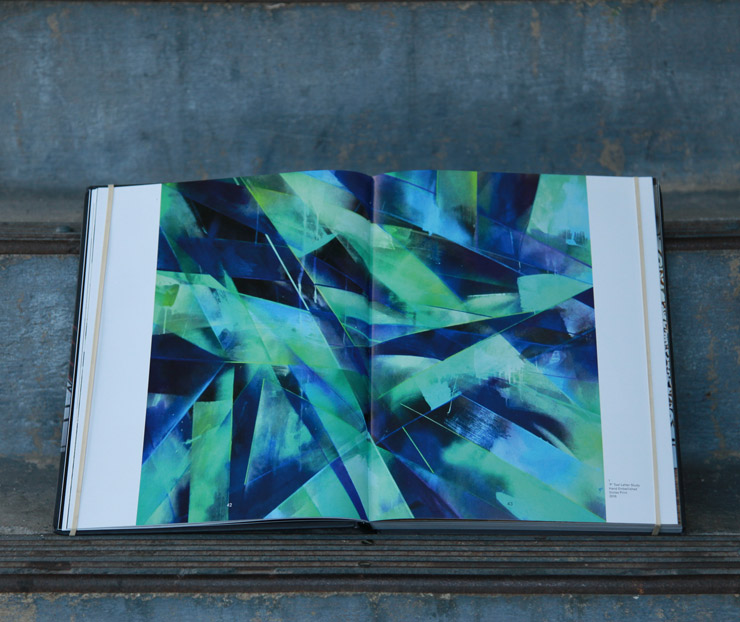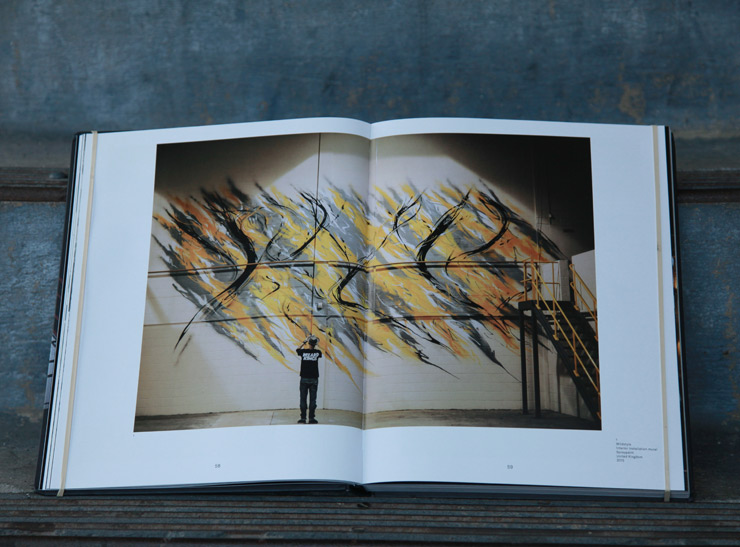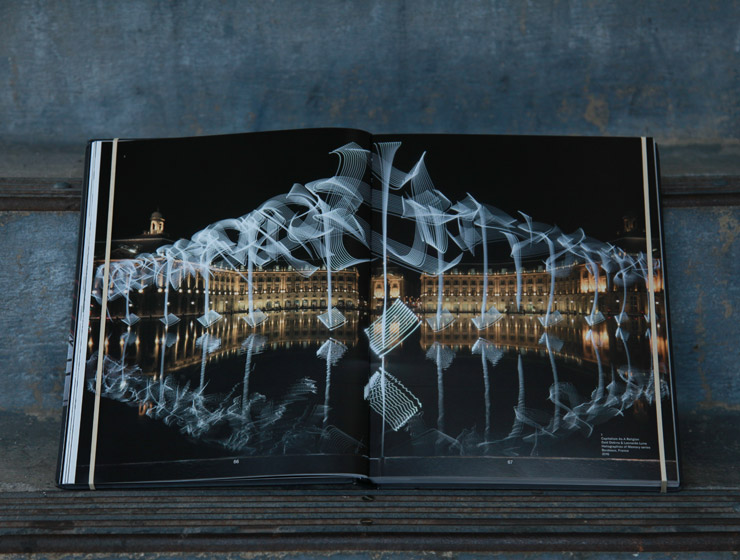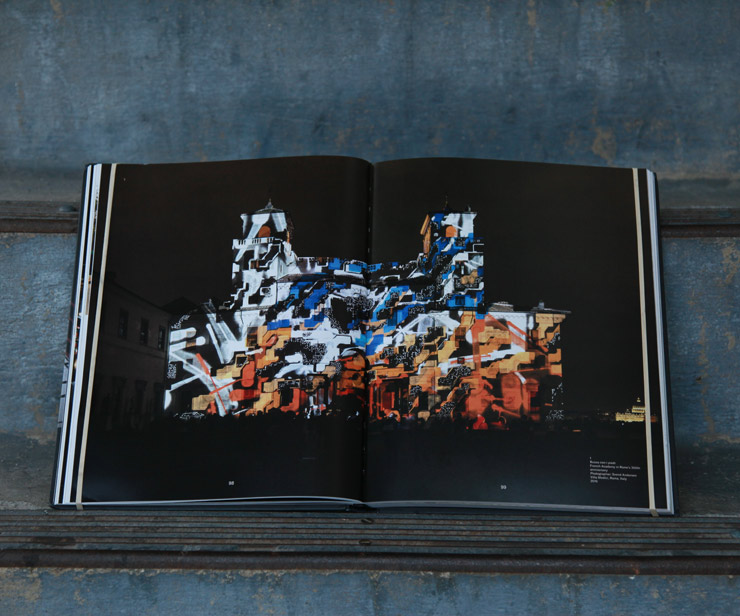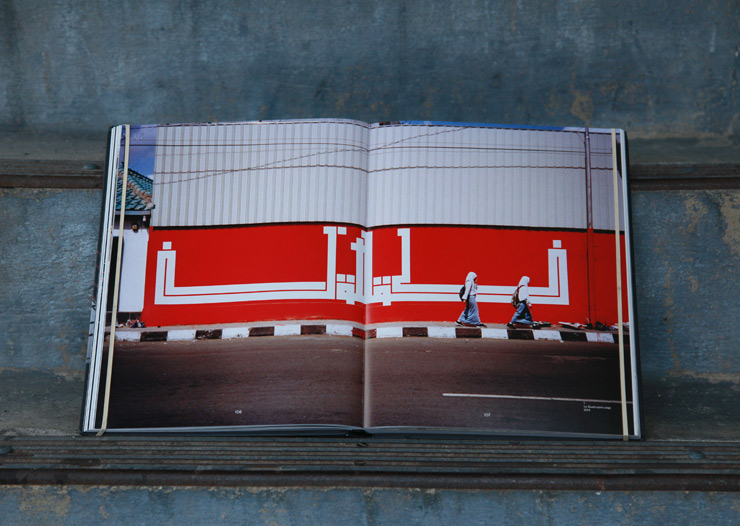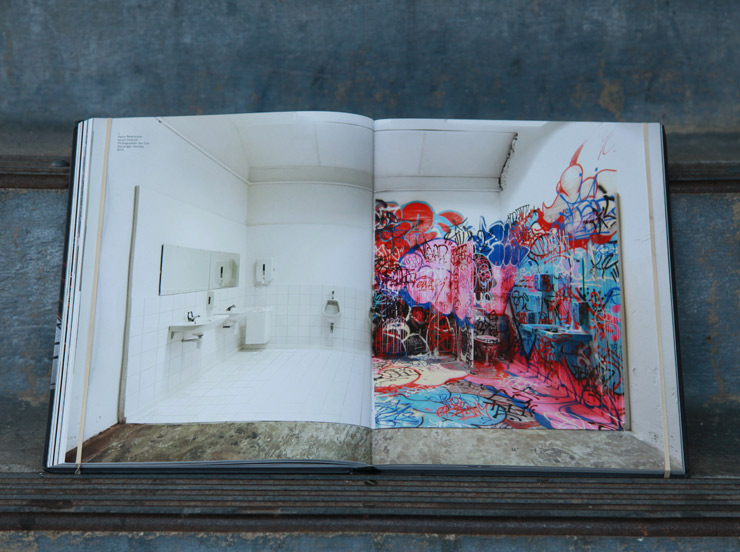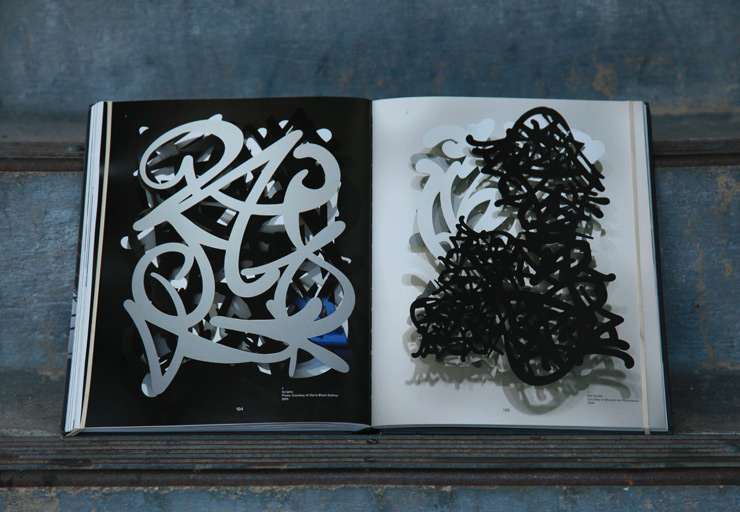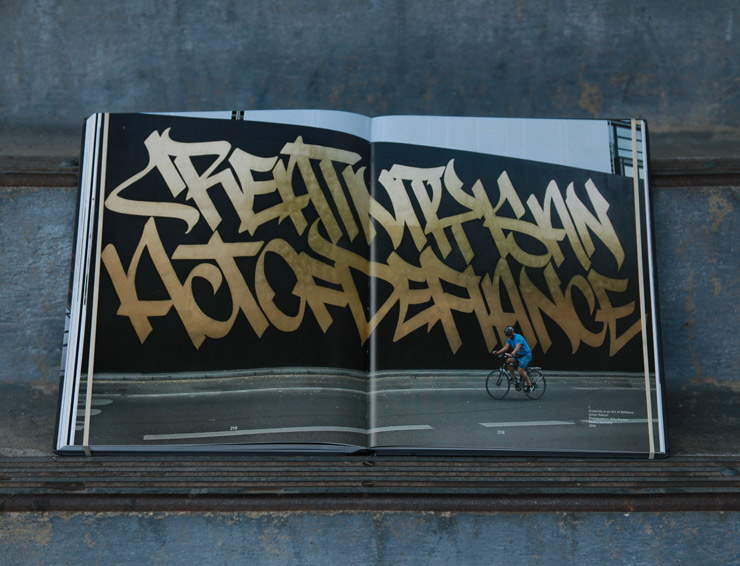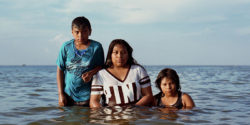Næstved Kunstby stands as a beacon for the preservation and celebration of graffiti culture, reflecting a deep respect for the evolution of street art from its origins in New York to its current global stature. Recently, the festival once again showcased its commitment to this vibrant culture with a special invitation to Martha Cooper, one of the most renowned photographers in graffiti history, to come and shoot the work, old and new. Her visit to Denmark is another chapter in capturing the raw, transformative power of graffiti and street art, underscoring the festival’s role in maintaining this artistic tradition.
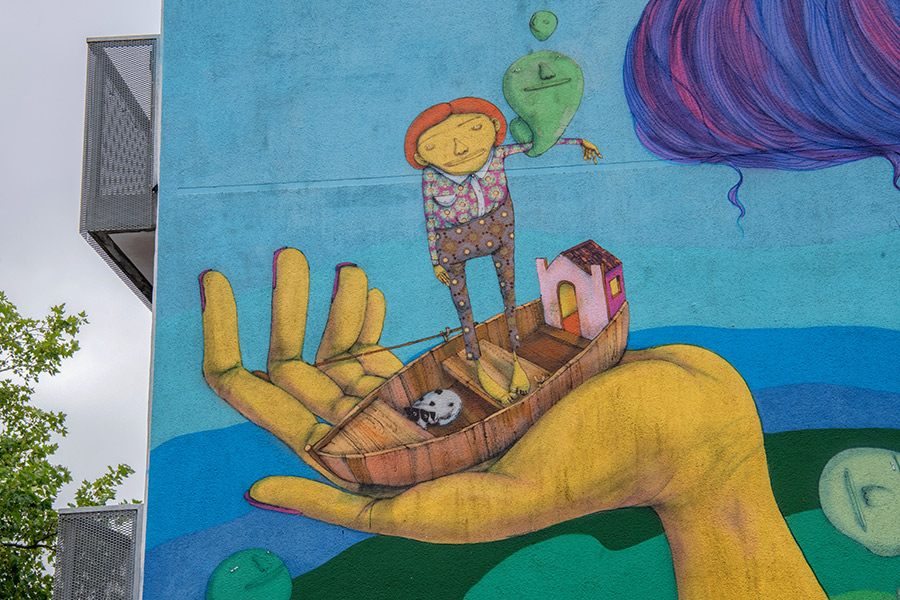
Rooted in the early days of New York’s graffiti movement and inspired by its evolution, Næstved Kunstby has developed into a premier space for showcasing pivotal speakers, painters, and graffiti writers. With a foundation reference to early 70s New York graffiti, organizers site this rebellious form of self-expression in the DNA of the modern movements, with initial groups like the United Graffiti Artists (UGA) collective as pivotal in bringing this underground art form into the mainstream. Today, Næstved continues this legacy by hosting artists from around the world and offering a platform for both seasoned legends and rising stars in the graffiti scene to lecture and to get up on a wall.
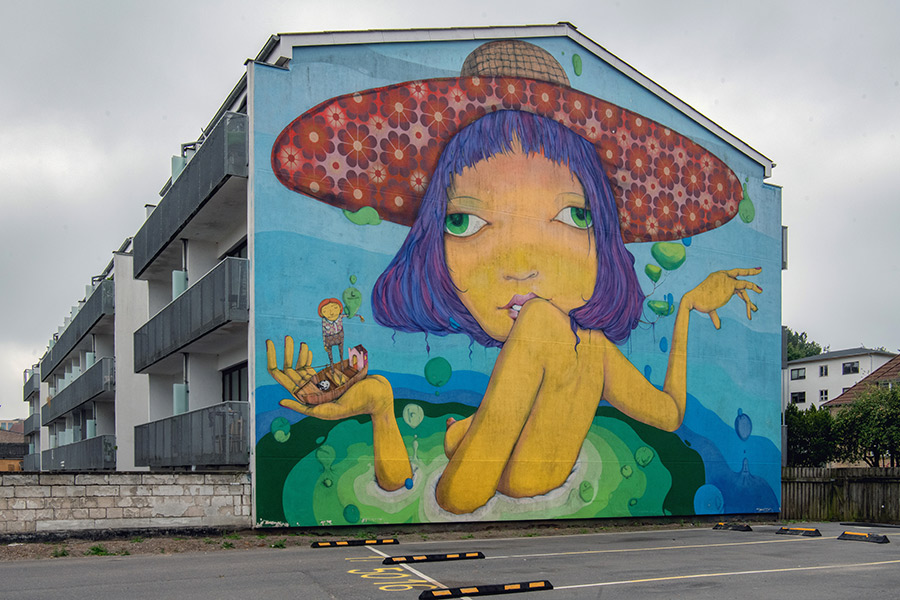
“30 years has granted Næstved a special status within international graffiti and hip-hop culture.
Hip hop and graffiti culture came to Europe and to Næstved more than 30 years ago,” says long-time curator William Hjorth (aka SWET). “Since that time the city has continuously had several unofficial street galleries. For this reason Næstved has always had a regular flow of visiting graffiti artists from all over the world.”
When describing the origin and focus of the festival Hjorth is clear about the role of graffiti. “All the works belonging to Næstved Kunstby are made by an array of international artists selected and curated because of their focused efforts and commitment to graffiti culture,” he says. “Each artist belonging to Næstved Kunstby comes from the graffiti culture and plying their skills in the streets was always part of growing up.”
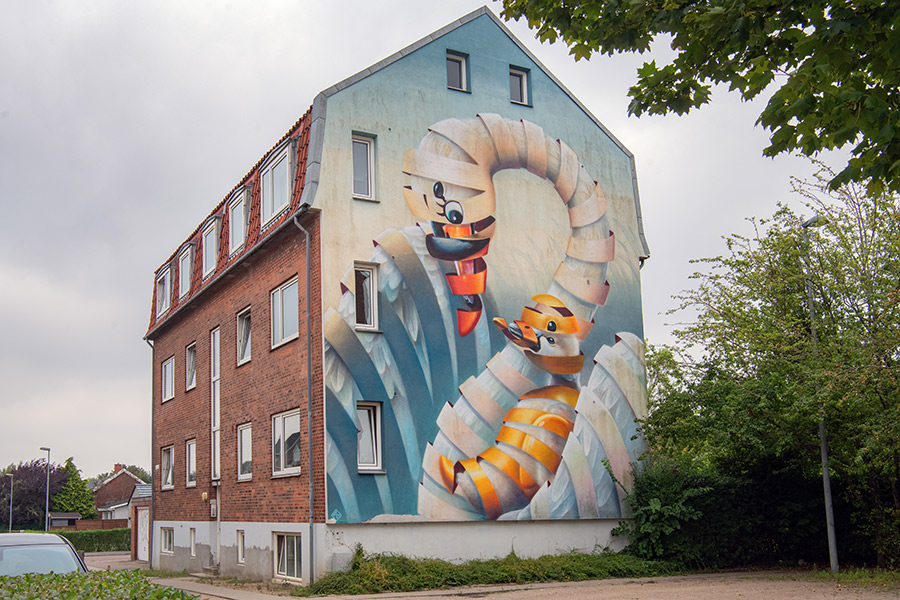
The festival’s recent edition was a testament to its dedication. From live painting sessions to mural installations, the event offered a comprehensive view of graffiti’s evolution. With past artists including OSGEMEOS, Loomit, and ARYZ, the festival has consistently featured top-tier talent. Næstved Kunstby isn’t just about celebrating paint or plugging artists; it’s about understanding its impact on society and fostering future creativity. The festival’s educational component includes workshops and artist talks, providing valuable insights into the techniques and cultural significance of graffiti. These sessions not only engage the local community but also inspire young artists to explore and contribute to the evolving graffiti tradition.
The festival is entertaining for more general audiences to enjoy as well. But at the root, the origin story never waivers when Hjorth describes the life of graffiti writers and related art-makers. “Their learning and development came from hours of dedication in the streets or by the railroad tracks as opposed to training in art schools and professional environments. Subsequently, they now do more than just create works of art. They all actively contribute to the culture of hip-hop, and both inspire and educate young talents worldwide. This was also a driving force behind their agreeing to participate in this project.”
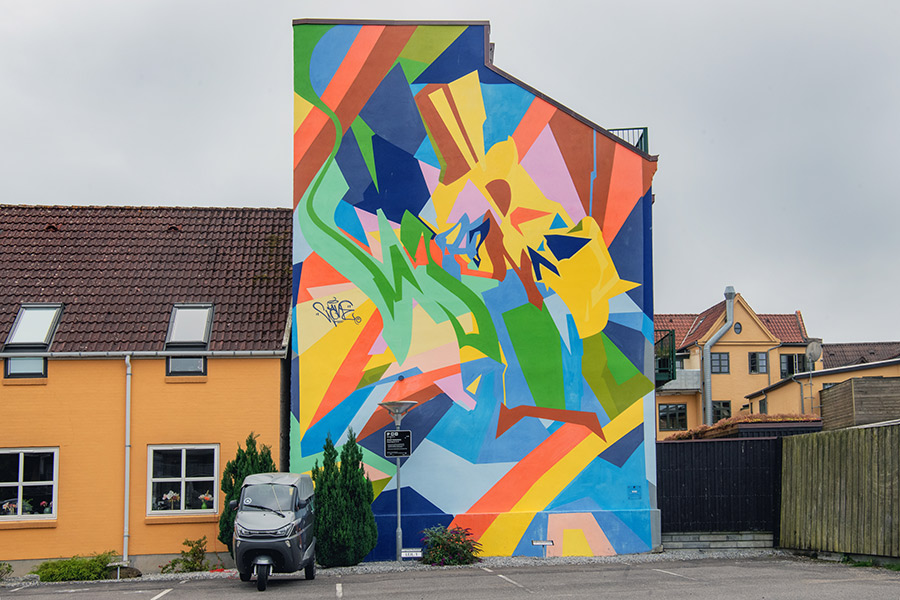
Næstved Kunstby offers a unique platform for international artists from New York, Barcelona, São Paulo, and other major cities to contribute to a dynamic collection of murals reflecting a diverse range of styles and influences. This global perspective, combined with the festival’s deep-rooted appreciation for the origins of graffiti, creates a cultural dialogue that is both forward-thinking and historically informed.
These recent photos by Martha Cooper not only document the festival’s impact but also reaffirm Næstved Kunstby’s role as a dedicated protector of graffiti history and a supporter of artistic innovation.
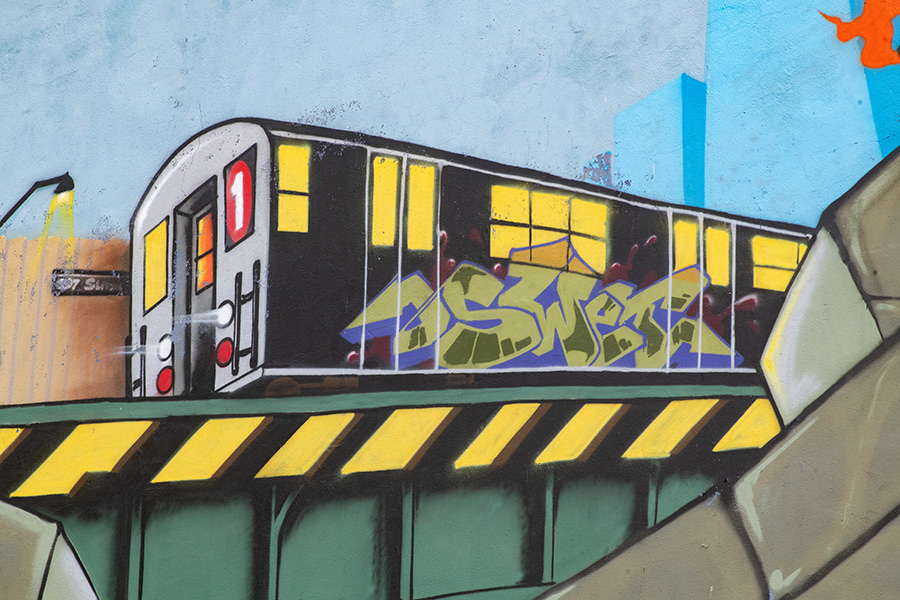
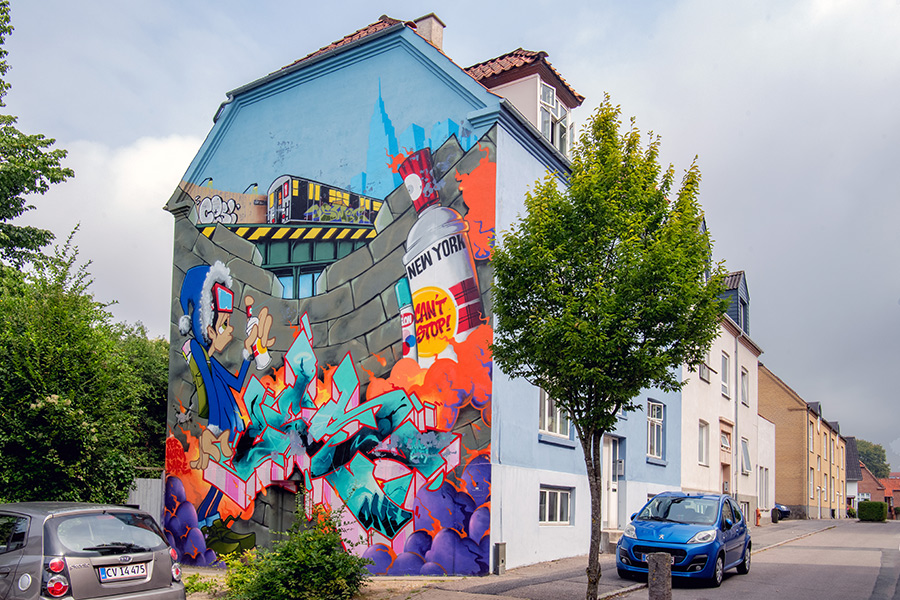
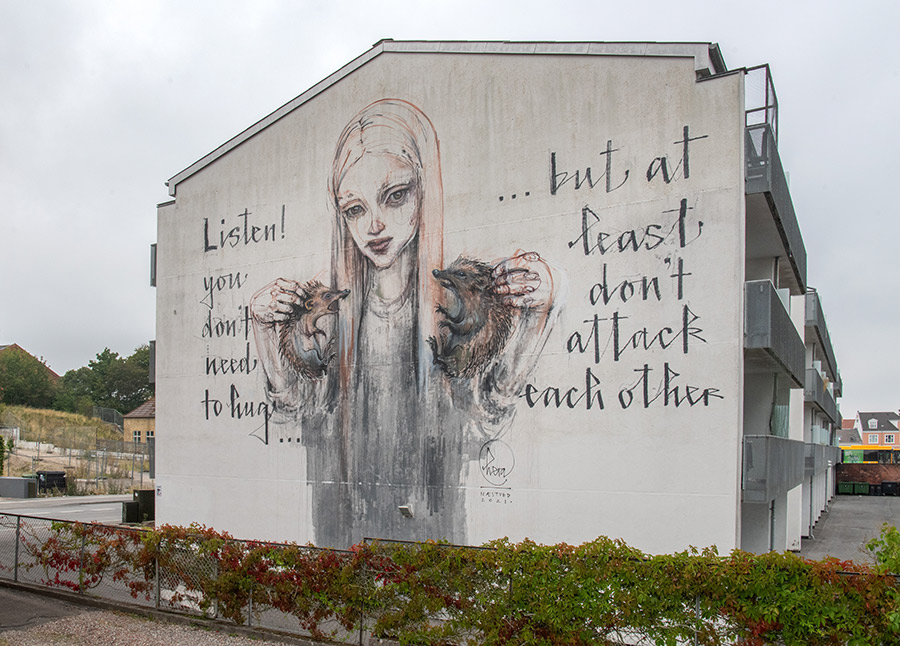
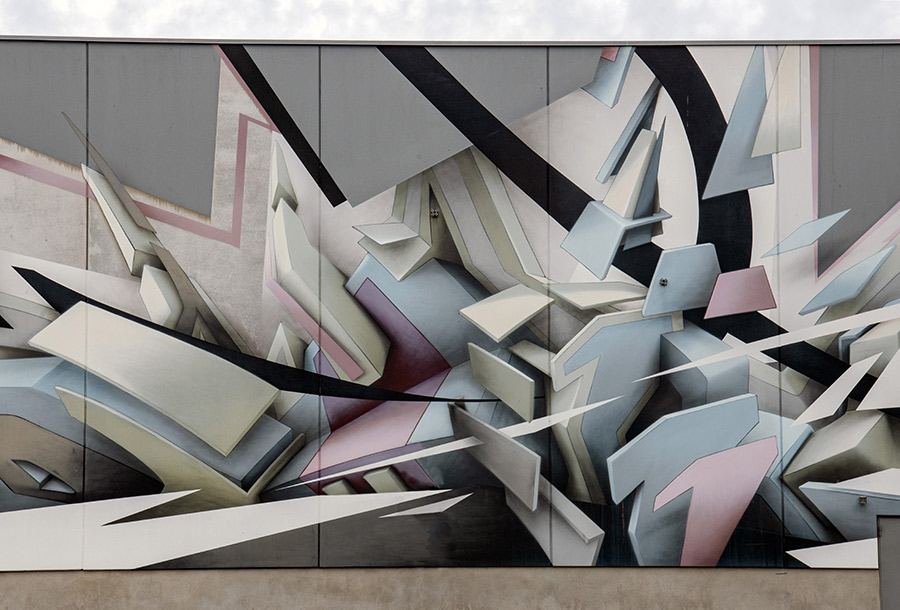
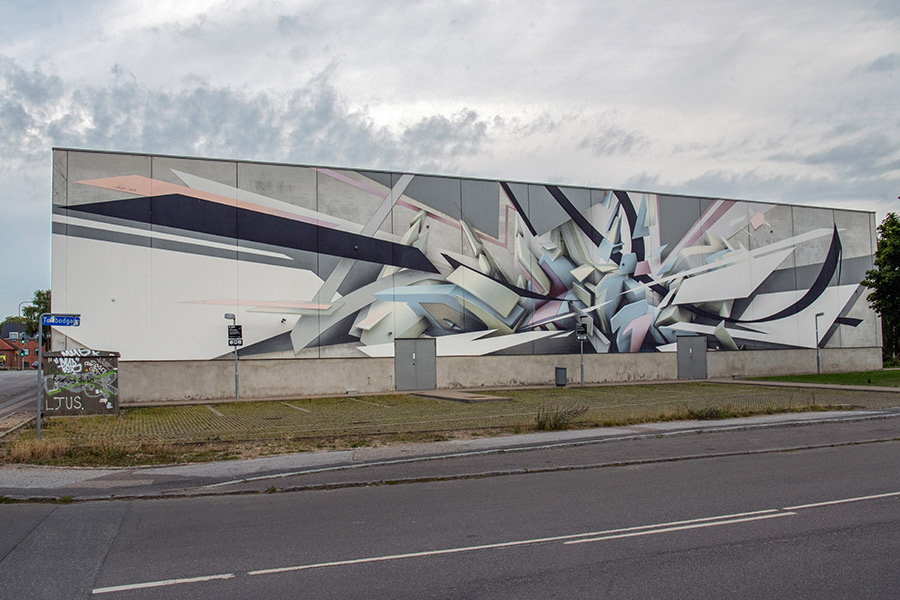
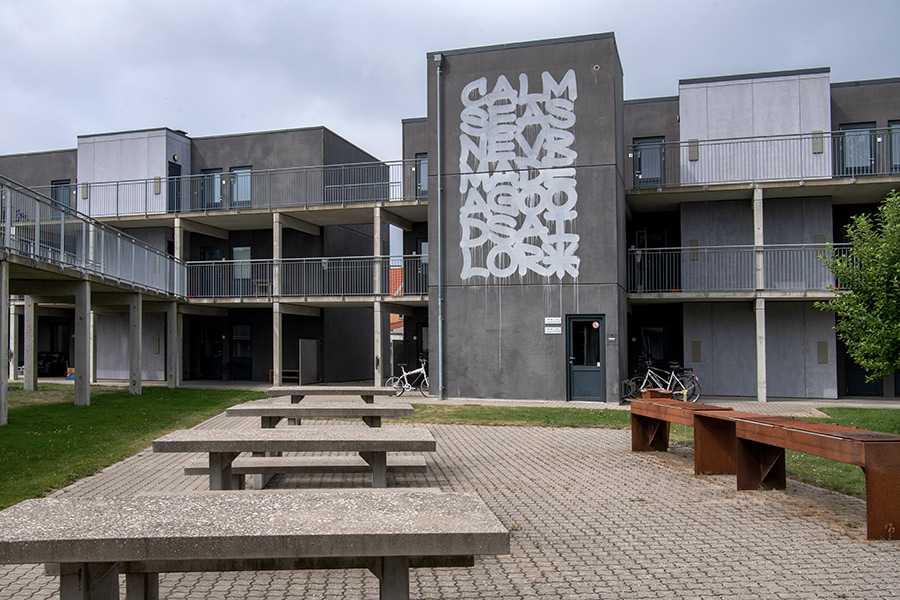
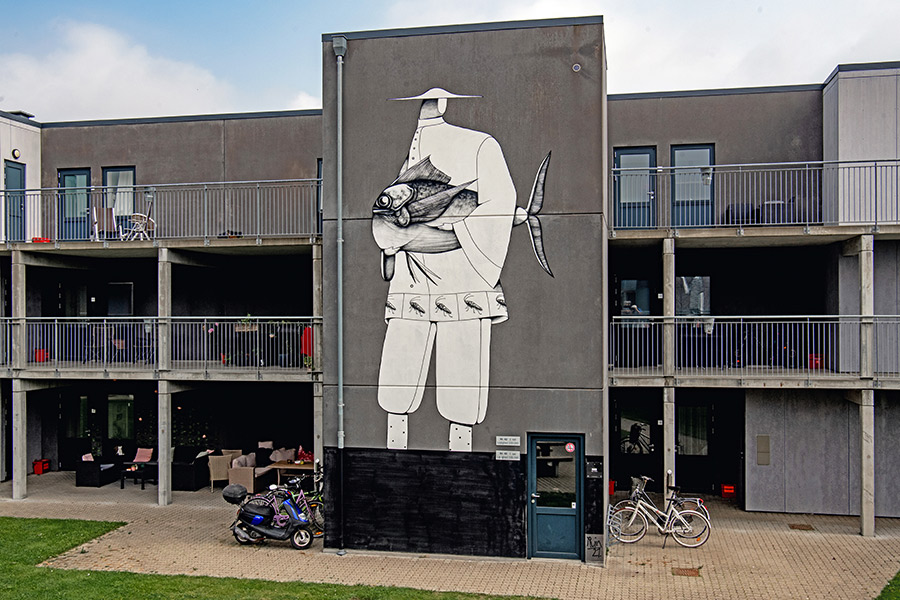
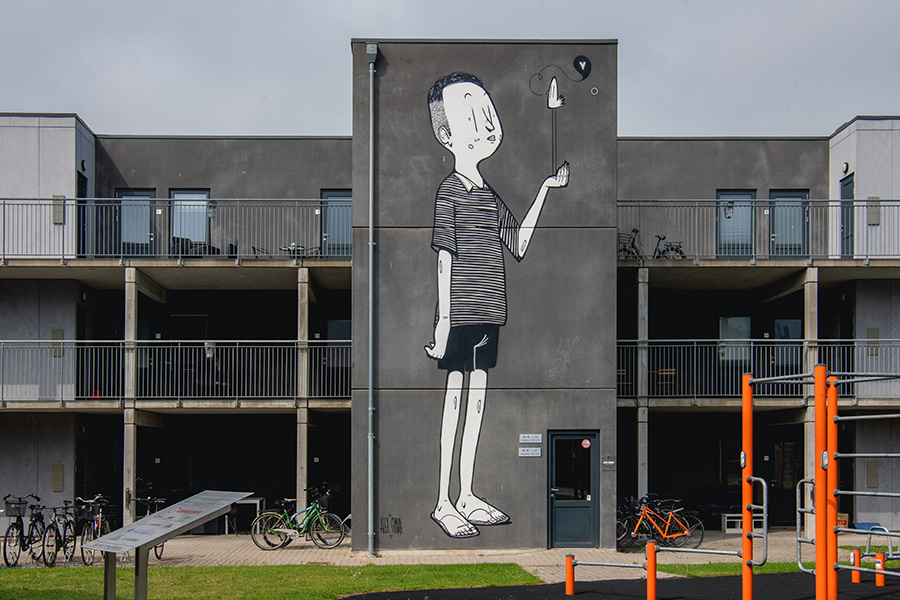
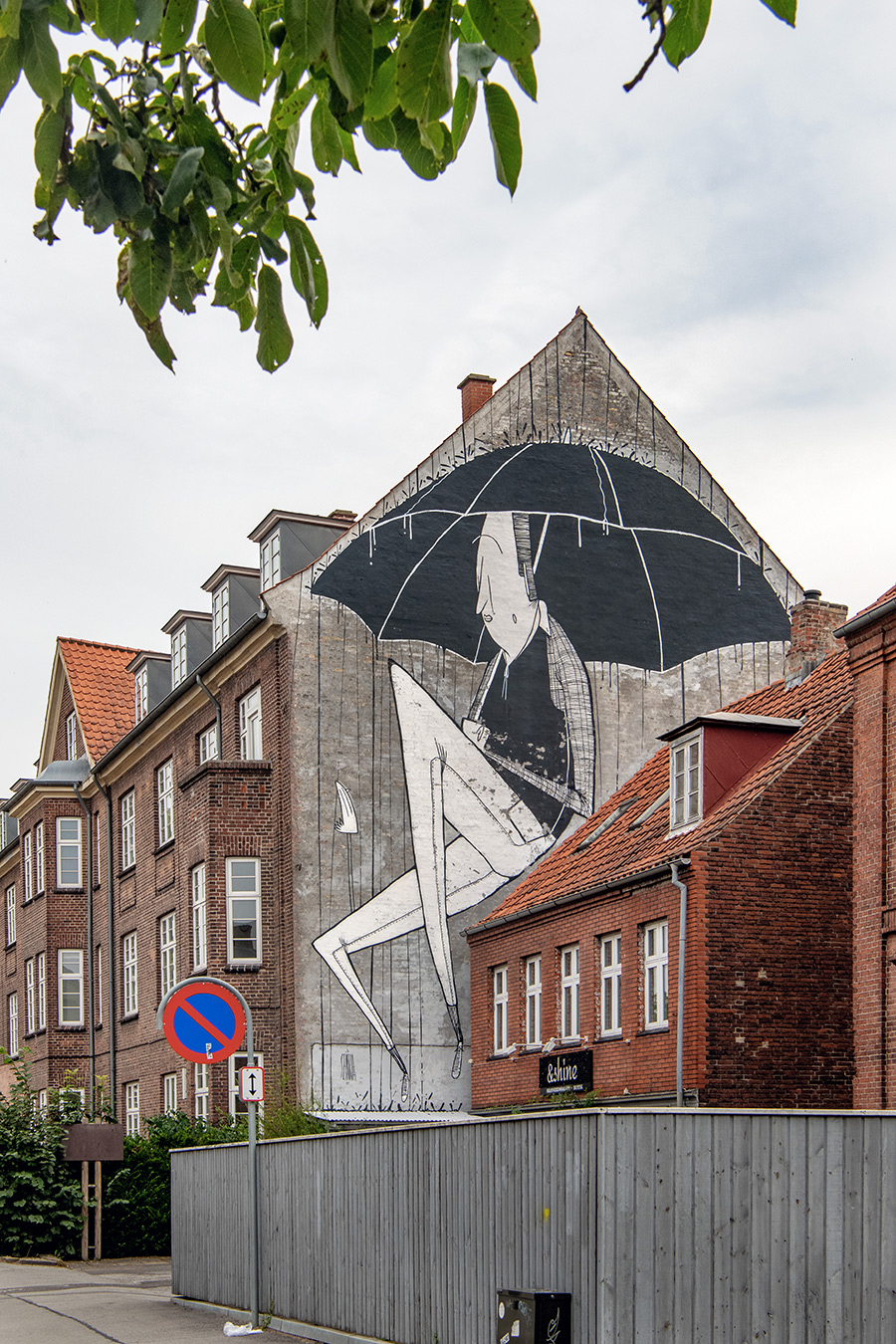
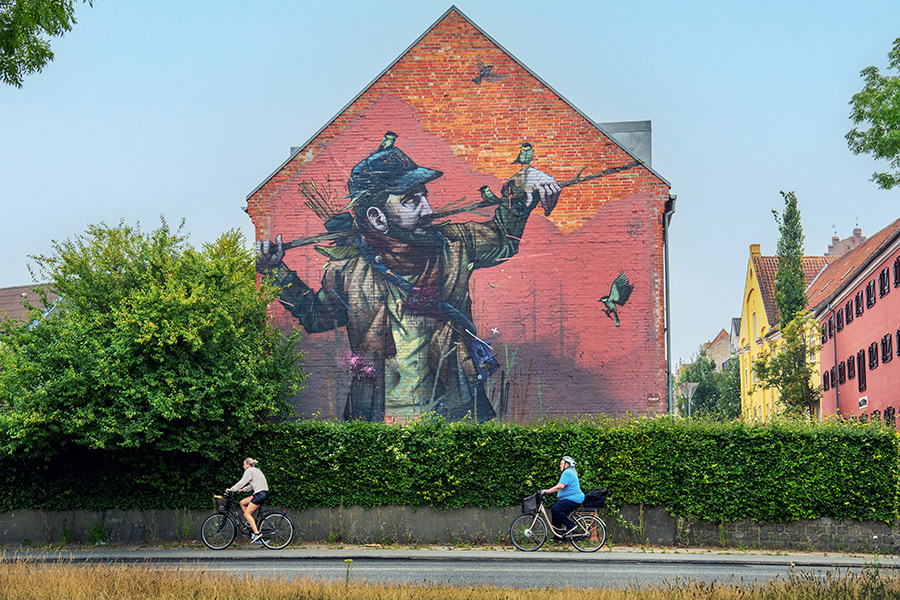
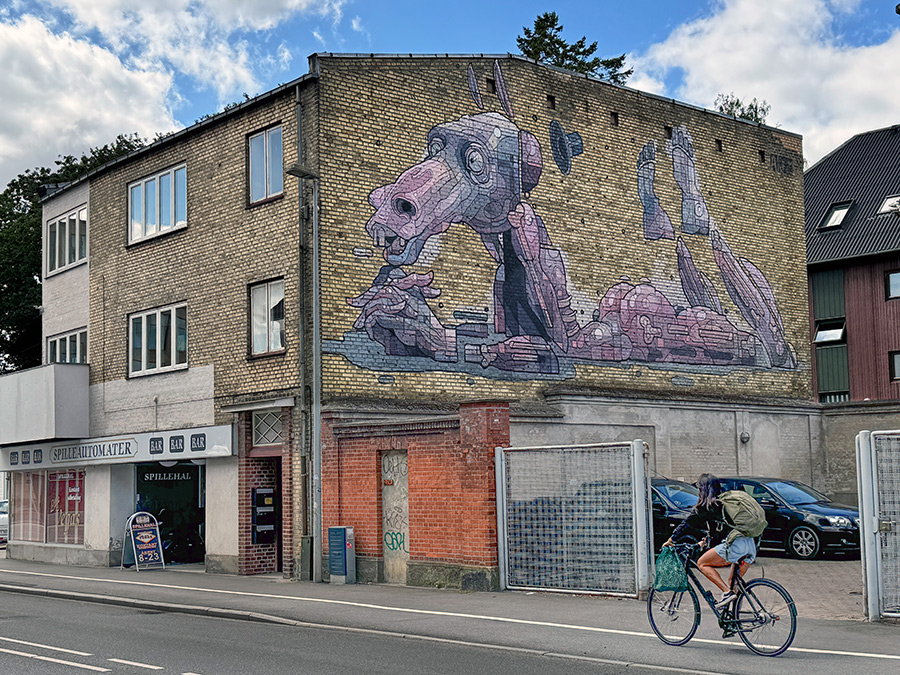
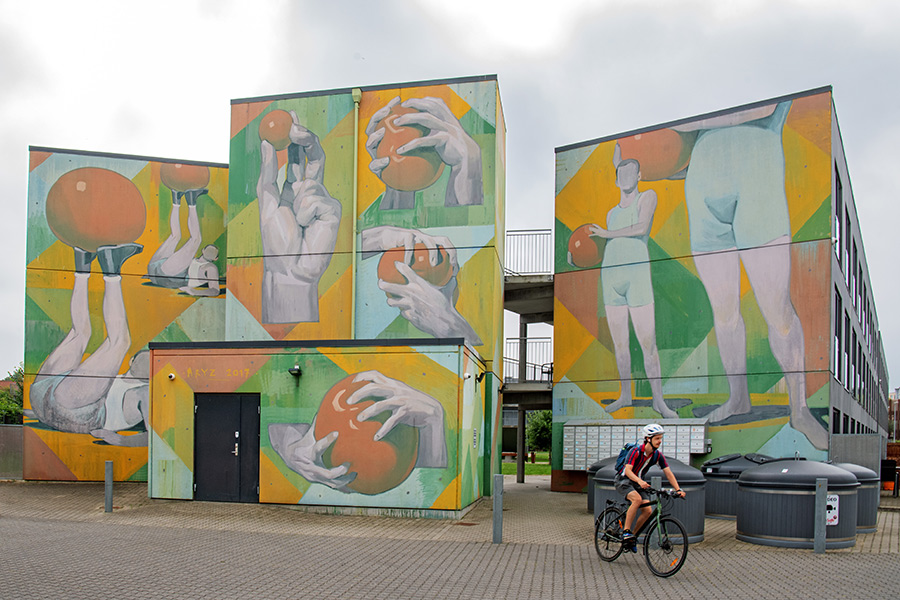
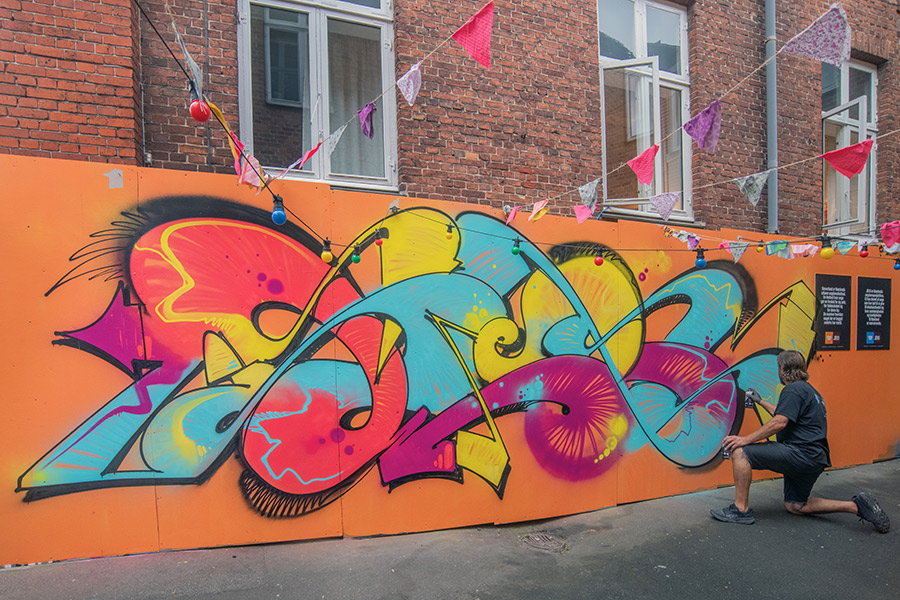
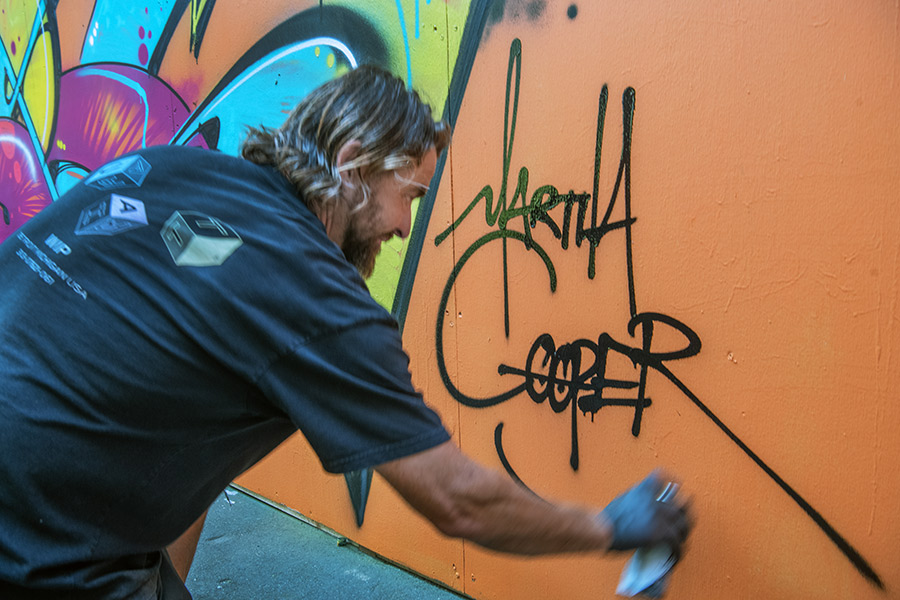
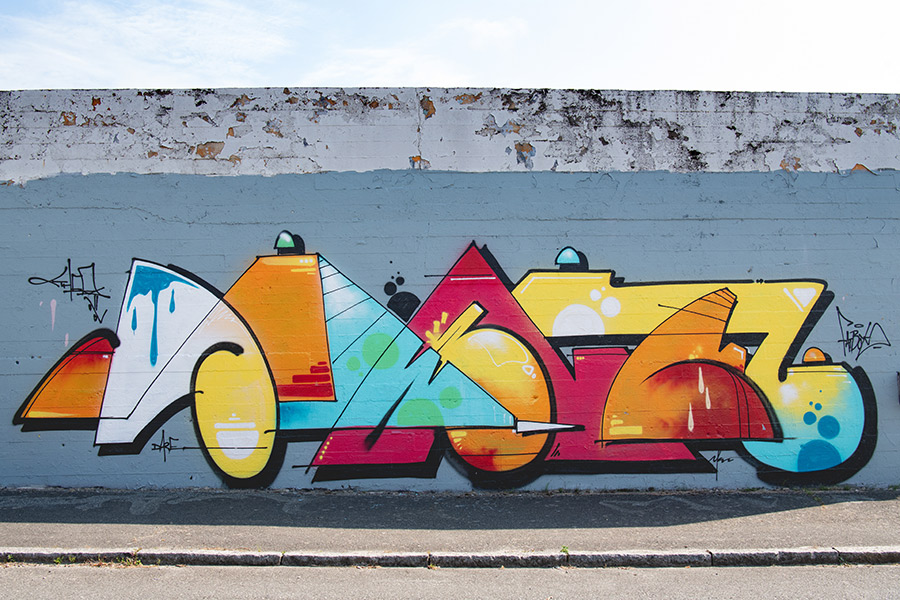
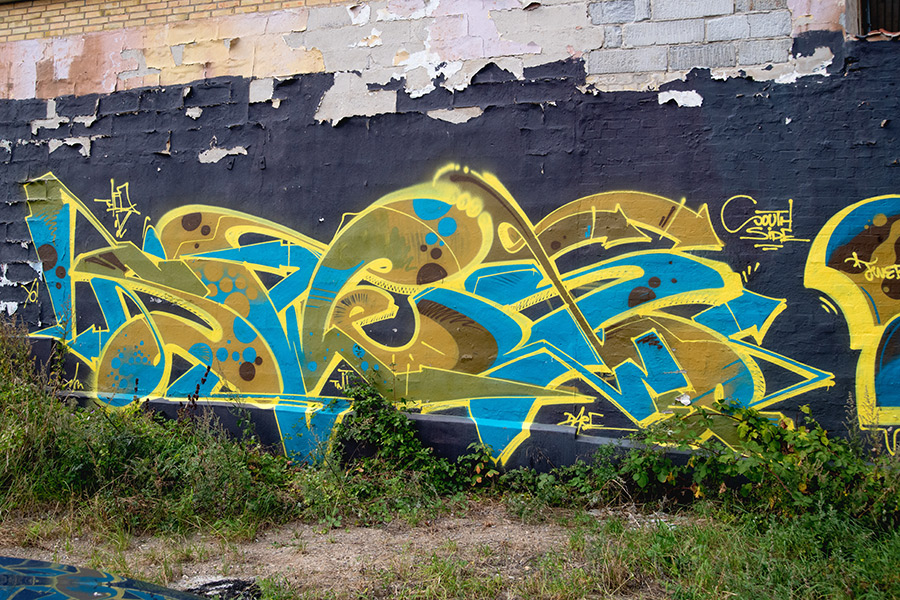
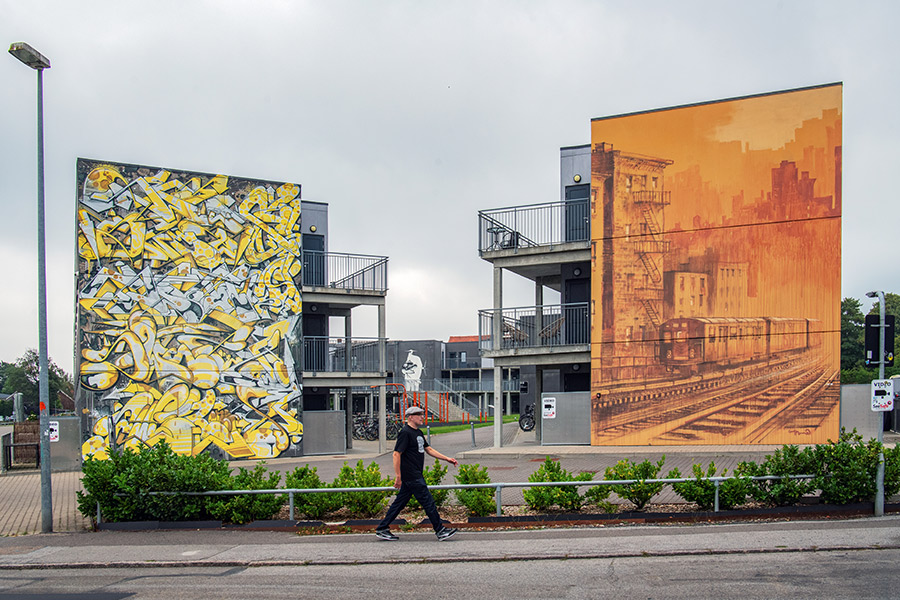
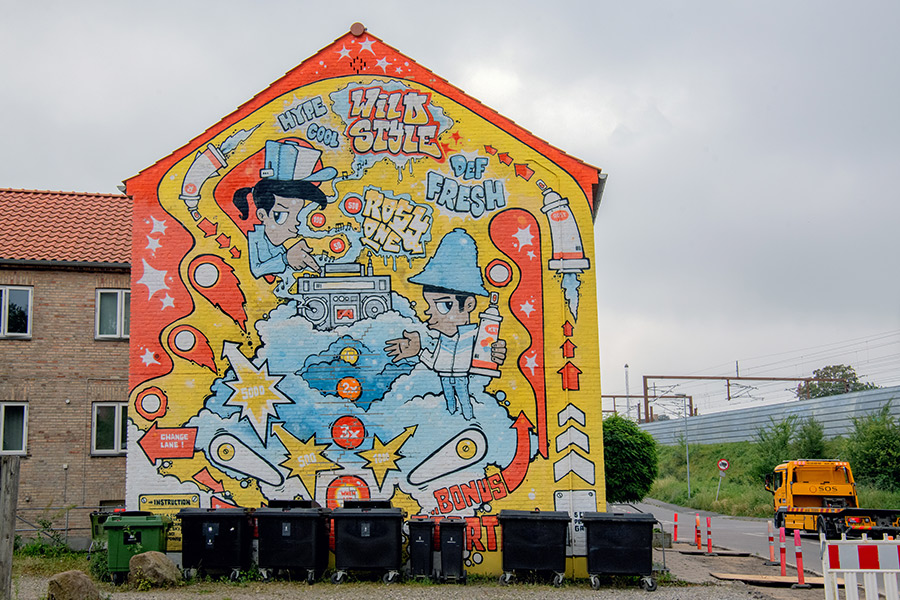
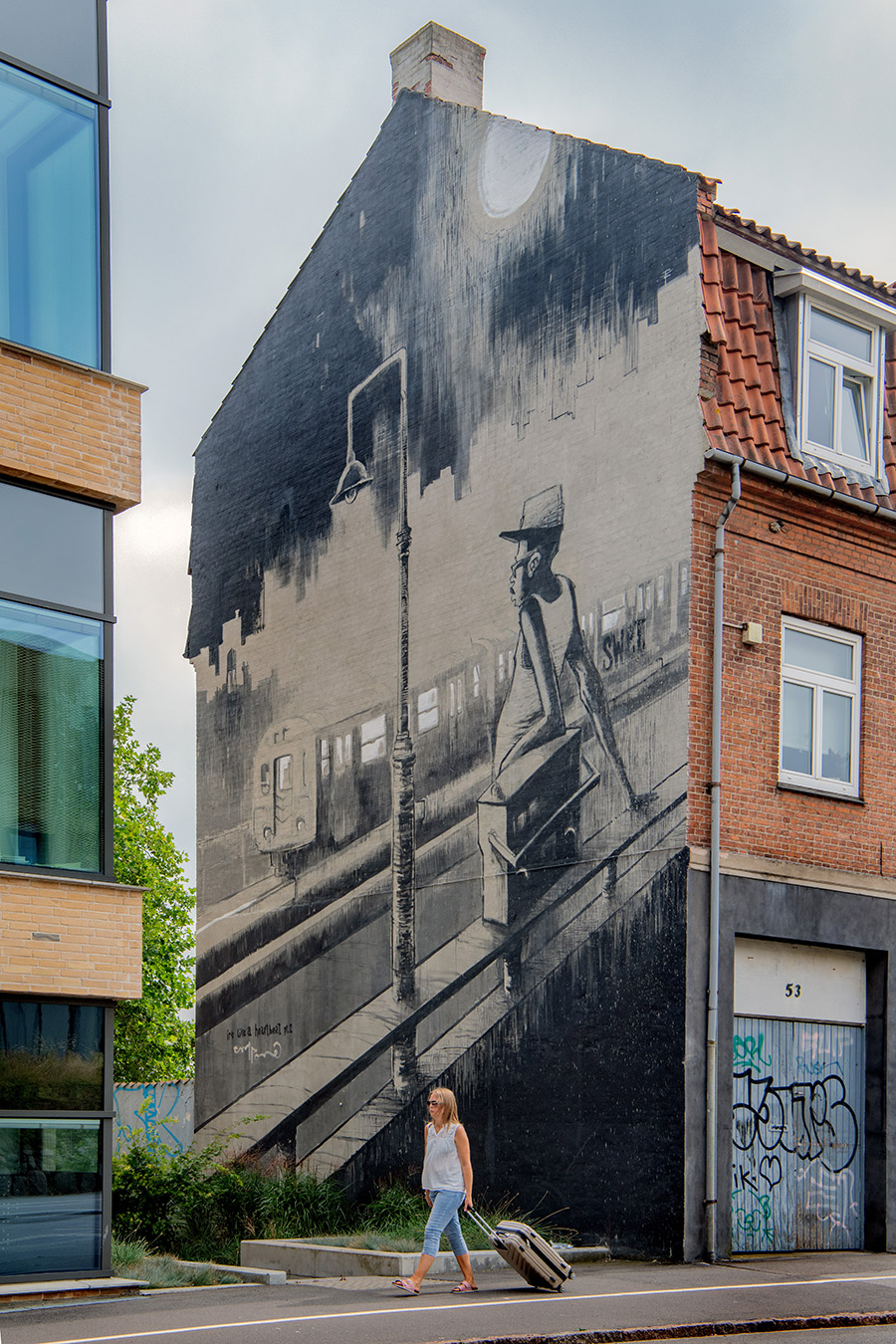
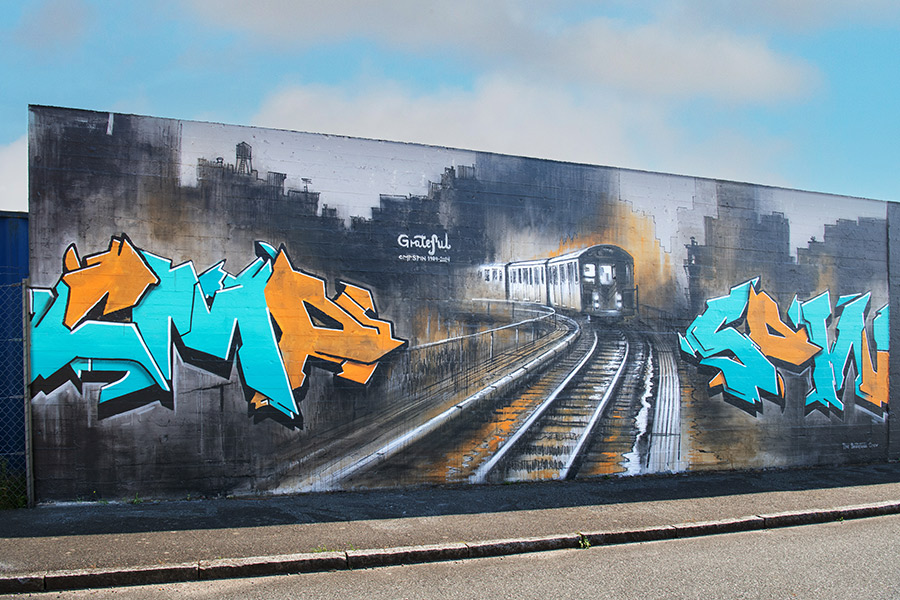
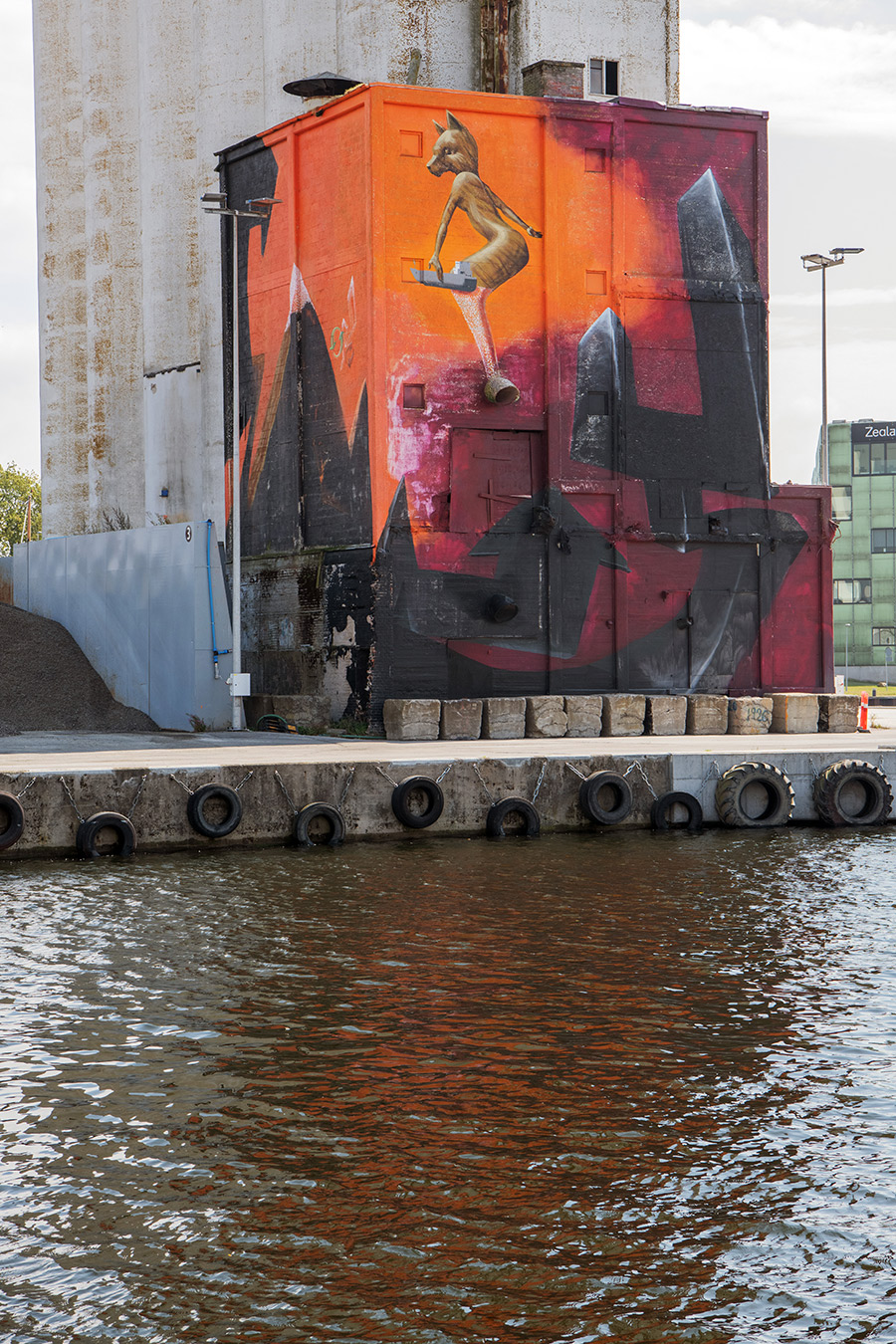
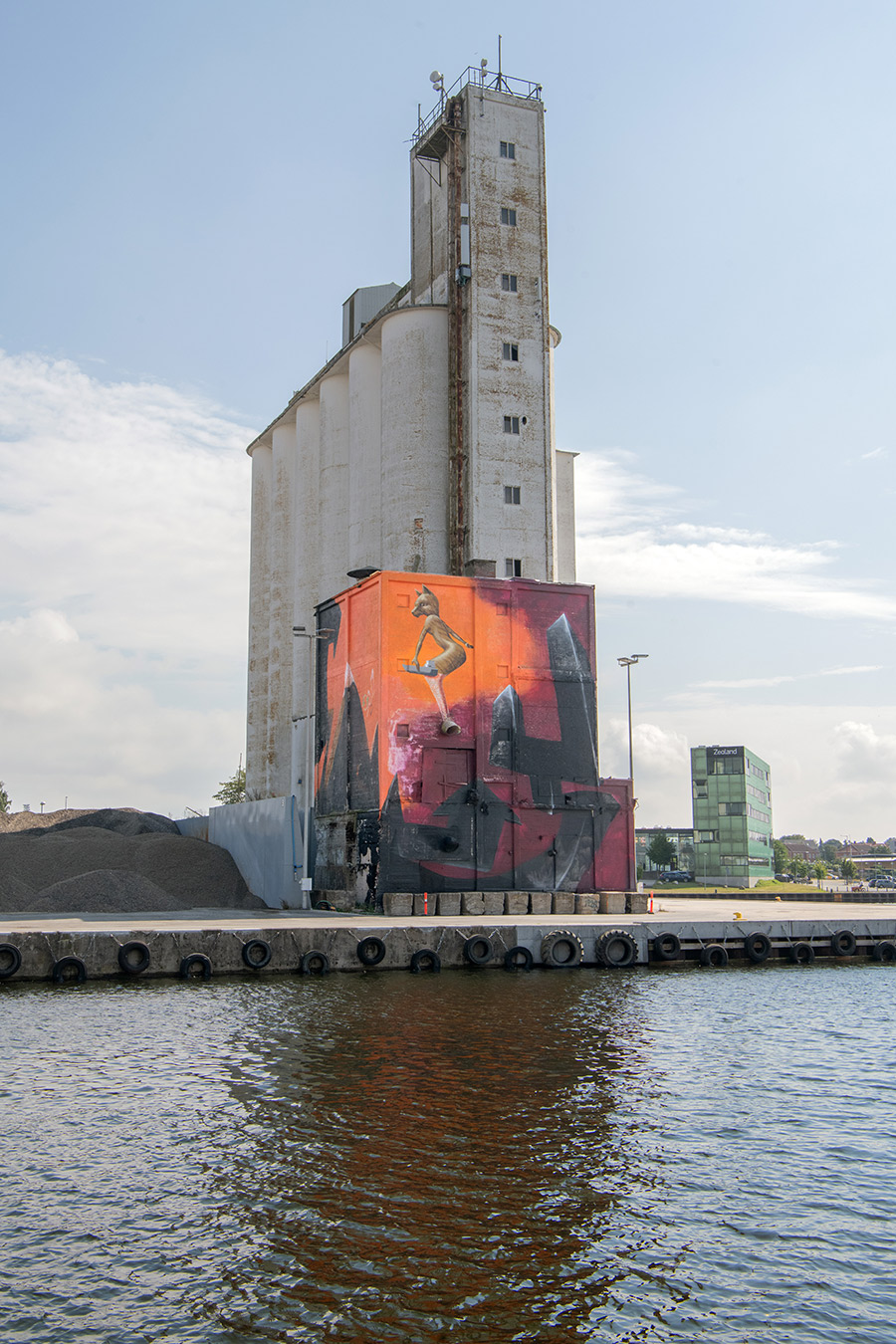
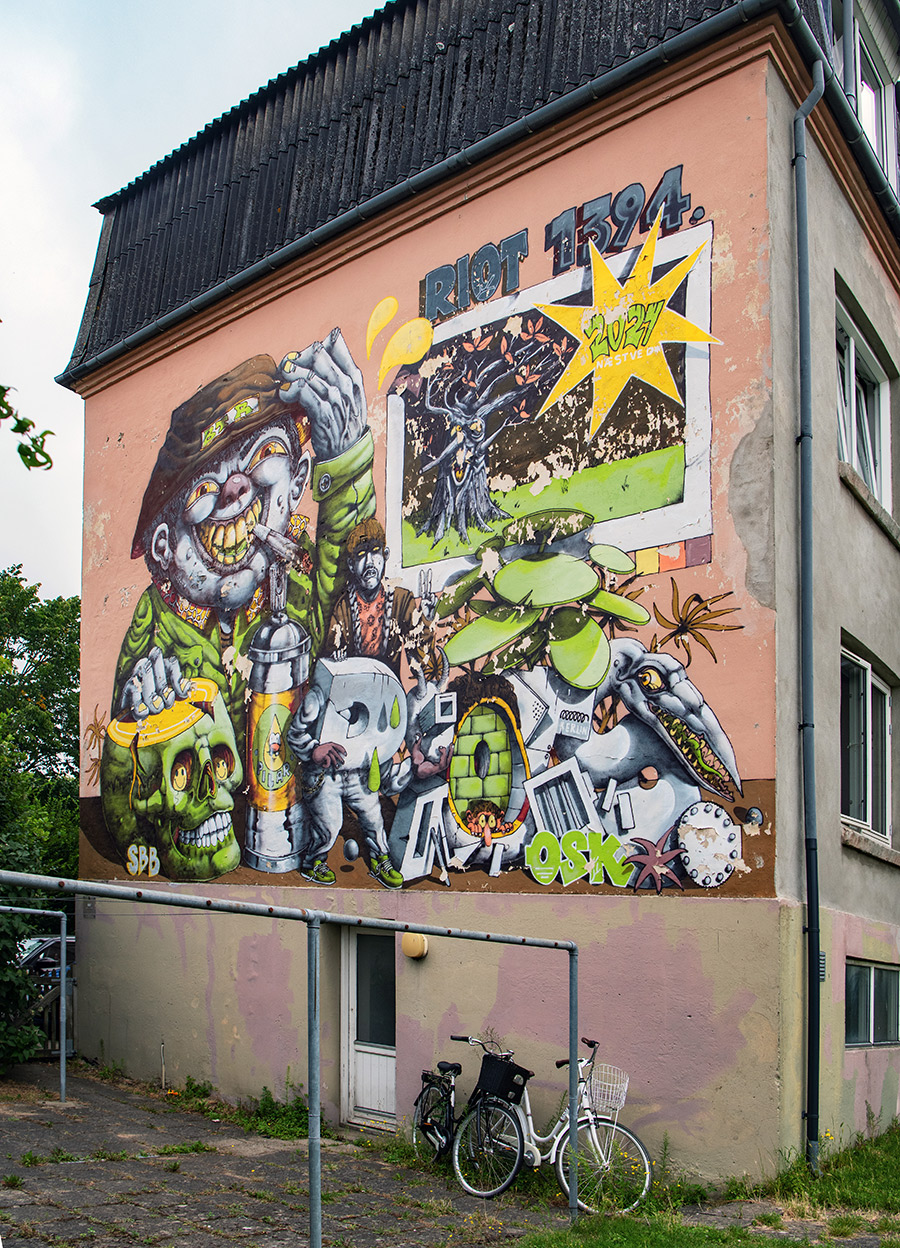
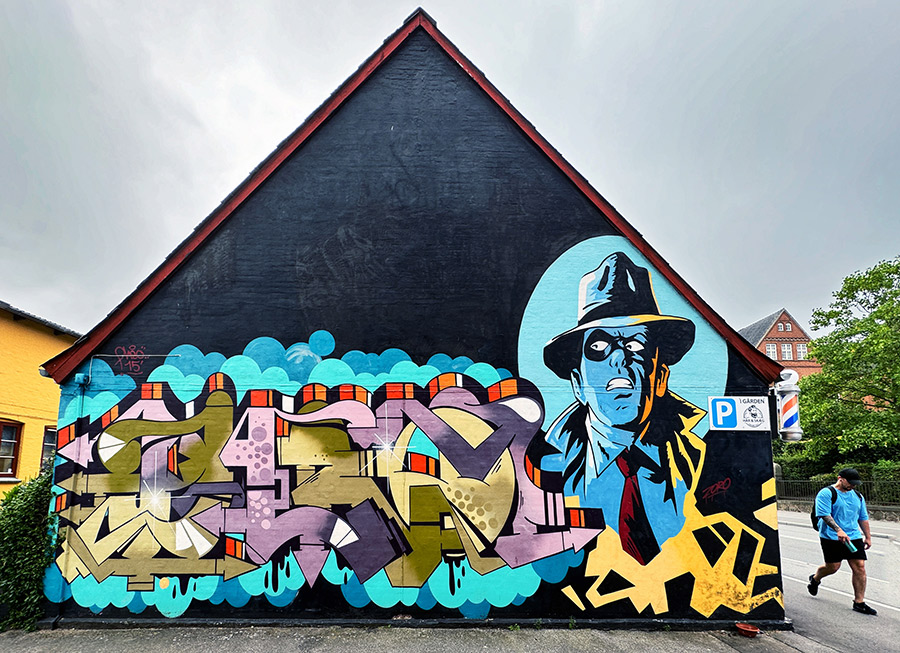
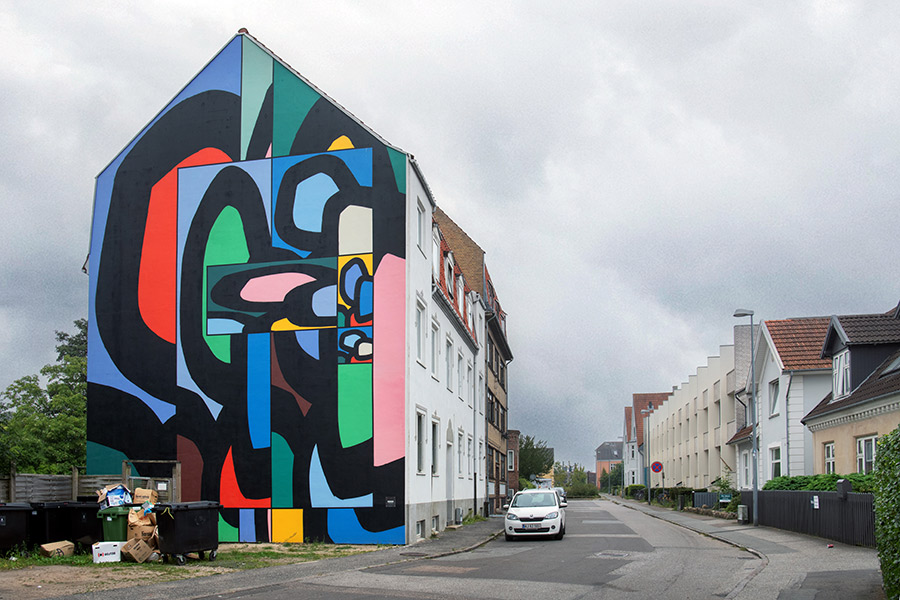
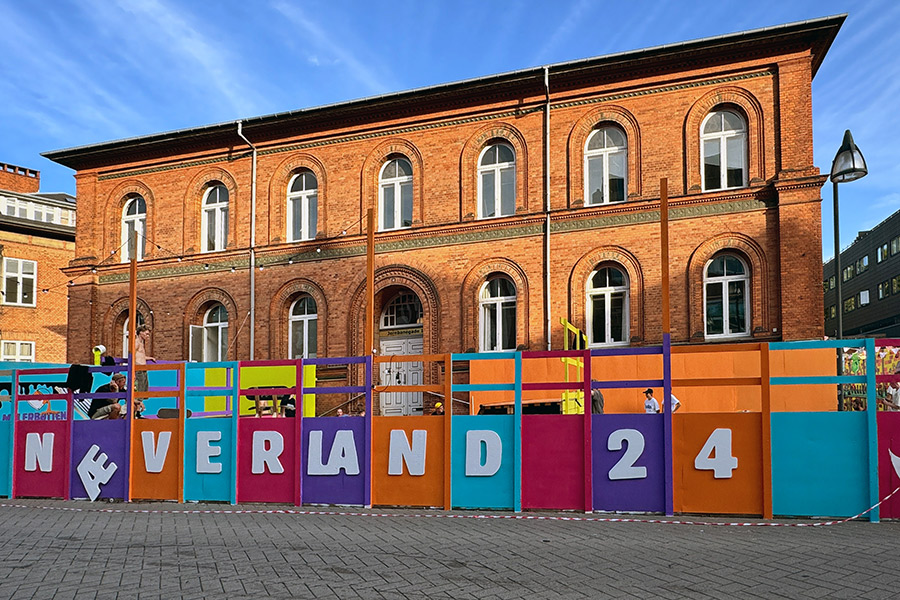
 BROOKLYN STREET ART LOVES YOU MORE EVERY DAY
BROOKLYN STREET ART LOVES YOU MORE EVERY DAY